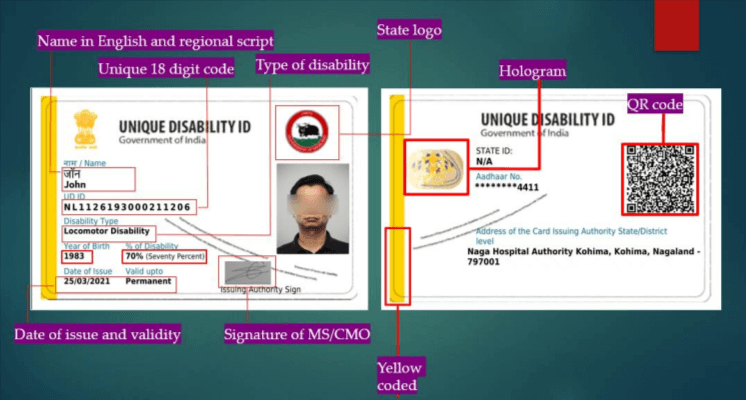
This content was recently updated by Sudhir Singh on March 18, 2025 to improve accuracy.
Introduction
Imagine having one single document that gives you access to all disability-related benefits without carrying a stack of paperwork. Sounds convenient, right? That’s exactly what the UDID Card (Unique Disability ID) does for millions of people in India.
Whether you’re applying for government schemes, medical aid, job reservations, or travel concessions, this one card replaces multiple documents, making life easier for persons with disabilities (PwDs).
Overall Status of UDID
- Generating of 30 million UDID Cards in 36 States/UTs—Target
- 1.07 million e-UDID cards generated
- 0.5 million UDID cards dispatched
- 4.6 million Data Migrated on the Software
- 456 Districts in 26 States/UTs started generating e-UDID cards
UDID Project: Objective
- To create a national database for persons with disabilities (PwDs) by identifying and issuing a disability ID card to every person with disability through a web portal.
- Issue a certificate not only to those who are still uncovered but also to persons with new types of disabilities under the enactment of the RPwD Act 2016.
- Encourage transparency, efficiency and ease of delivering government benefits to PwDs pertaining to scholarships, skill training, inclusive education, rehabilitation, pensions, and railway concessions to PwDs across the country.
- Tracking of physical and financial progress of benefit delivery at all levels of the hierarchy of Implementation from village level, block level, district level, state level and national level.
UDID Number Code Logic

- 02 Characters for State Code (as used for vehicle registration like HR, UK, DL etc.).
- 03 Digits for District Code (2 digit for district as per census & 1 for CMO)
- 02 Digits for Disability Type
- 04 Digit for Year of Birth
- 06 Digit for Running Serial No.
- 01 Digit for Check Sum
But what exactly is UDID, how do you get it, and why is it important? Let’s break it all down.
What is UDID?
The Unique Disability ID (UDID), also known as the Swavlamban Card, is a government-issued digital identity card for persons with disabilities. It’s part of an initiative by the Department of Empowerment of Persons with Disabilities (DEPwD) under the Ministry of Social Justice & Empowerment.
Why is UDID important?
Before the UDID Portal was launched, people with disabilities had to carry multiple documents to prove their disability status. Now, with the UDID card, all disability-related details are stored in one digital card that is valid nationwide.
Key Features of the UDID Card
- One card for all disability-related benefits
- Digitally stored data for easy access
- Eliminates the need for multiple disability certificates
- Track UDID card status online anytime
- Accepted across all states in India
Who is Eligible for a UDID Card?
If you have a certified disability of 40% or more, you are eligible for a UDID card. The disability should be recognized under the Rights of Persons with Disabilities Act, 2016.
Who Can Apply?
- Any person with a disability (temporary or permanent)
- Individuals with multiple disabilities
- People who already have a government-issued disability certificate
What Types of Disabilities Are Covered Under UDID?
The Rights of Persons with Disabilities Act, 2016 recognizes 21 categories of disabilities for UDID eligibility. Here are some of them:
| Disability Type | Examples |
|---|---|
| Blindness & Low Vision | Complete blindness, visual impairment |
| Hearing Impairment | Partial or total hearing loss |
| Intellectual Disability | Autism, Down Syndrome |
| Mental Illness | Schizophrenia, Bipolar Disorder |
| Locomotor Disability | Amputation, Cerebral Palsy |
| Blood Disorders | Thalassemia, Hemophilia |
| Neurological Disorders | Parkinson’s Disease, Multiple Sclerosis |
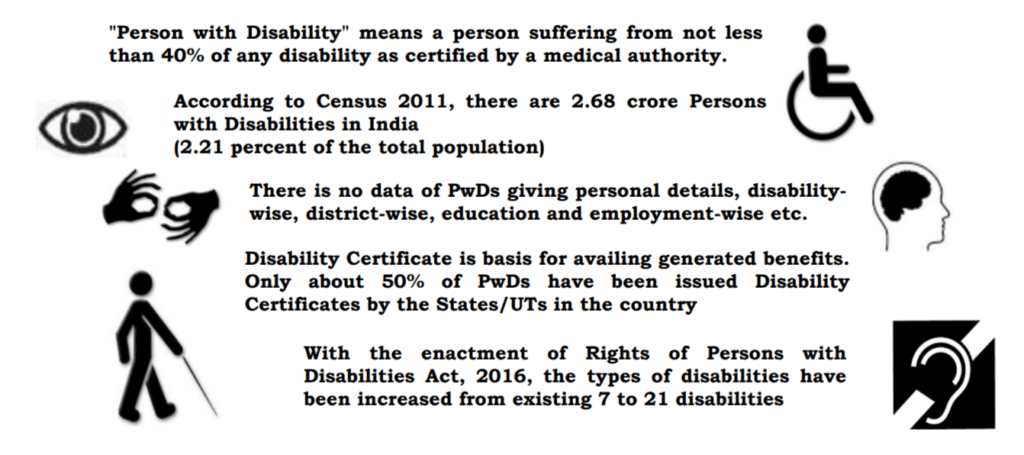
The Rights of Persons with Disabilities Act, 2016 recognizes 21 disability categories that are eligible for the UDID card. These disabilities are classified based on their impact on an individual’s physical, sensory, intellectual, and mental health.
Here is the complete list of disabilities covered under the UDID scheme:
1. Visual Disabilities
These disabilities affect a person’s ability to see clearly, making daily tasks difficult without assistance.
- Blindness – Total vision loss in both eyes, significantly limiting movement and independence.
- Low Vision – Partial vision impairment where corrective measures (glasses, surgery) cannot restore full vision.
Support Provided
✔ Assistive technology like screen readers, Braille devices.
✔ Educational support for accessible learning materials.
✔ Government concessions on travel and special employment benefits.
2. Hearing & Speech Disabilities
These conditions impact a person’s ability to hear and communicate effectively.
- Hearing Impairment (Deaf & Hard of Hearing) – Partial or complete hearing loss, affecting speech perception.
- Speech and Language Disability – Difficulty in communication due to neurological or physical impairments such as stammering, dysarthria, or mutism.
Support Provided
✔ Free hearing aids and cochlear implants for children.
✔ Special education programs with sign language training.
✔ Employment reservations in government and private sectors.
3. Locomotor & Musculoskeletal Disabilities
These disabilities affect mobility due to physical impairments in bones, joints, muscles, or the nervous system.
- Locomotor Disability – Inability to move independently due to congenital or acquired impairments.
- Dwarfism – A genetic or medical condition causing short stature and physical limitations.
- Muscular Dystrophy – Progressive weakening of muscles, leading to severe mobility restrictions.
- Cerebral Palsy – A neurological condition affecting muscle control, balance, and posture.
Support Provided
✔ Free mobility aids like wheelchairs, crutches, and artificial limbs.
✔ Accessibility provisions in public places (ramps, reserved seating).
✔ Rehabilitation and physiotherapy assistance.
4. Intellectual & Mental Disabilities
These disabilities affect cognitive function, learning abilities, and social behavior.
- Intellectual Disability – Limitations in intellectual functioning and adaptive behavior, affecting problem-solving and social skills.
- Autism Spectrum Disorder (ASD) – Developmental disorder affecting social interaction, communication, and repetitive behaviors.
- Mental Illness – Psychiatric conditions such as schizophrenia, bipolar disorder, and chronic depression.
- Specific Learning Disabilities – Disorders like dyslexia and dysgraphia that impact reading, writing, or math skills.
Support Provided
✔ Special schools with trained educators for individualized learning.
✔ Financial aid for therapy and assistive tools.
✔ Job reservations and workplace accommodations.
5. Neurological & Blood Disorders
These conditions affect the brain, nervous system, or blood function, leading to physical and cognitive challenges.
- Chronic Neurological Conditions – Disorders like epilepsy, brain injuries, and Alzheimer’s disease.
- Multiple Sclerosis – A degenerative condition that affects the brain and spinal cord, leading to coordination and balance issues.
- Thalassemia – A genetic blood disorder that reduces hemoglobin levels, leading to anemia.
- Hemophilia – A rare disorder where the blood does not clot normally, leading to excessive bleeding.
- Sickle Cell Disease – A genetic condition where red blood cells become rigid and cause blockages, leading to pain and organ damage.
Support Provided
✔ Free blood transfusions in government hospitals for Thalassemia patients.
✔ Disability pensions for those unable to work due to neurological conditions.
✔ Concessions on medical treatments and hospital admissions.
6. Multiple & Acquired Disabilities
These disabilities result from a combination of two or more impairments, affecting multiple aspects of daily life.
- Leprosy Cured Persons – Individuals who have recovered from leprosy but have permanent physical deformities.
- Multiple Disabilities Including Deafblindness – Combination of two or more disabilities such as vision, hearing, and mobility impairments.
- Acid Attack Victim – Individuals suffering from severe facial or bodily disfigurement due to acid attacks.
- Parkinson’s Disease – A progressive nervous system disorder that affects movement, speech, and muscle coordination.
Support Provided
✔ Rehabilitation and reconstructive surgeries for acid attack victims.
✔ Disability pensions for those with severe multiple disabilities.
✔ Reservation in government schemes for medical assistance and employment.
The recognition of these 21 disabilities under the UDID scheme ensures that individuals with disabilities receive equal rights, support, and accessibility. With the UDID card, beneficiaries can access government schemes, medical aid, assistive technology, and job opportunities without the need for multiple documents.
For more information, visit the UDID Portal and apply for your card today.
What Documents Are Needed for UDID Registration?
To apply for a UDID card, you will need:
Personal Documents
- Aadhaar Card (if available)
- Address Proof (Voter ID, Ration Card, Utility Bill)
- Passport-size Photograph
Medical Documents
- Disability Certificate issued by a government hospital
- Recent Medical Reports (if required)
Additional Documents (if applicable)
- Educational Certificates (for job reservations)
- Income Certificate (for financial aid eligibility)
How to Apply for a UDID Card Online?
To get the unique disability ID certificate (PWD/Guardian), the following steps should be followed:
- The person can register online and apply for the Unique Disability Identity Card/Disability
Certificate through the following link : http://www.swavlambancard.gov.in/pwd/application - Fill in the information required for the card and press ‘Next’.
- Follow the instructions provided on the next screen.
- Submit the application.
- Print the application form and receipt.
- In the final receipt, mention the name of the specialist, name of the hospital, hospital address
and type of disability. - The parent has to visit the concerned hospital and meet the Head Clerk Department.
- The Head Clerk Department will verify the application and guide the parent to the OPD.
- Parents/PWD/Guardians have to visit the given OPD for the disability assessment.
- After the assessment is complete, the Unique Disability Identity Card will be generated.
The process of getting the disability certificate will take 2 months
If you don’t have a disability certificate, you can still apply. The system allows new medical assessments to be scheduled through the portal.
How to Download a UDID Card?
Once your UDID application is approved, you can download a digital copy by following these steps:
- Visit the UDID Portal
- Click on “Download e-UDID Card.”
- Enter your Application ID and OTP
- Click on “Download PDF” and print your UDID card
How to Check Your UDID Card Status?
The approval process usually takes 30-45 days, but you can track your UDID card status easily:
- Go to the UDID Portal (www.swavlambancard.gov.in)
- Click on “Track Your Application.”
- Enter your Application ID or Mobile Number
- View real-time updates on approval, dispatch, or rejection status
What If Your Disability or Location Changes?
If Your Disability Percentage Changes
If your disability percentage increases or decreases, you need to:
- Visit a government hospital for reassessment
- Apply for an updated UDID card
- Track your application status online
If You Move to Another State
If a UDID holder shifts to a different state, they should:
- Visit the nearest Social Welfare Department Office
- Apply for a state transfer of UDID details
- Update their address proof and medical records
The UDID is valid across all states in India, but local government schemes may require re-registration.
Frequently Asked Questions About UDID
- Is UDID mandatory?
No, but it is highly recommended as it simplifies access to government schemes and benefits. - Does the UDID replace the disability certificate?
Yes. The UDID serves as an e-disability certificate, eliminating the need for paper-based certificates. - Can I use my UDID card for travel benefits?
Yes. PwDs with a UDID card can avail railway and bus fare concessions in many states. - Can I check my UDID card status via mobile?
Yes. Just log into the UDID portal from any device.
Final Thoughts
The UDID card is more than just an ID—it’s a step towards inclusivity and empowerment for persons with disabilities. With digital access, nationwide validity, and simplified verification, it is helping millions live with dignity and ease.
If you or someone you know hasn’t applied for a UDID card yet, now is the time. Head over to the UDID online portal, register, and unlock the benefits that come with it.
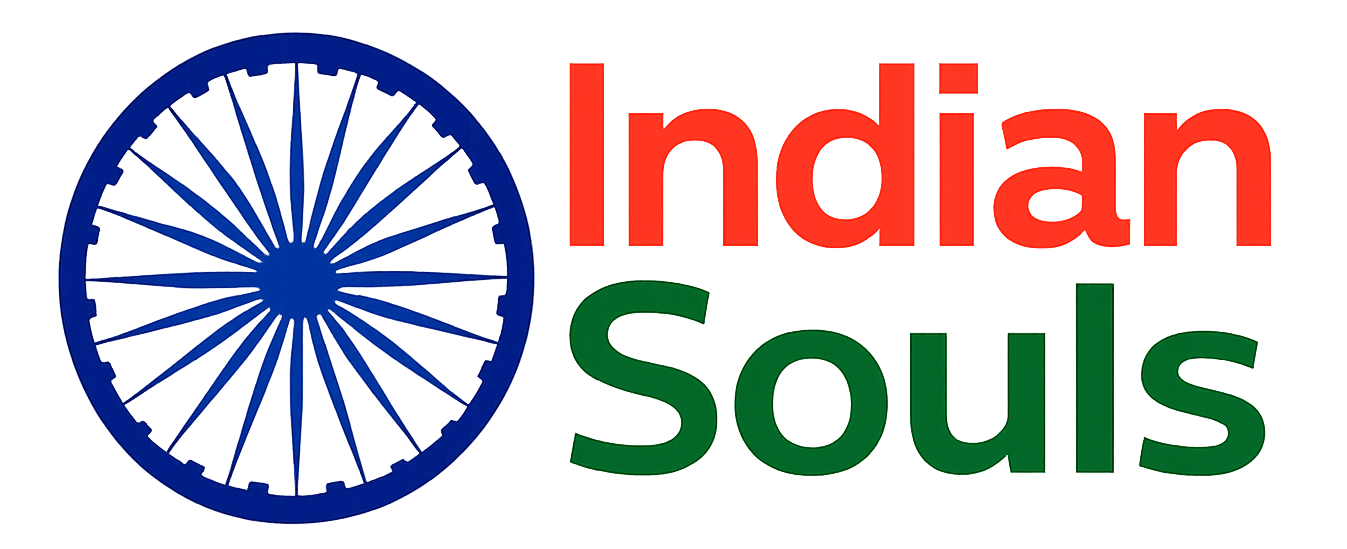

![12 Government Schemes Urban Poor Must Know About [2025 Guide]](https://indiansouls.in/wp-content/uploads/2025/05/image-1.jpg)

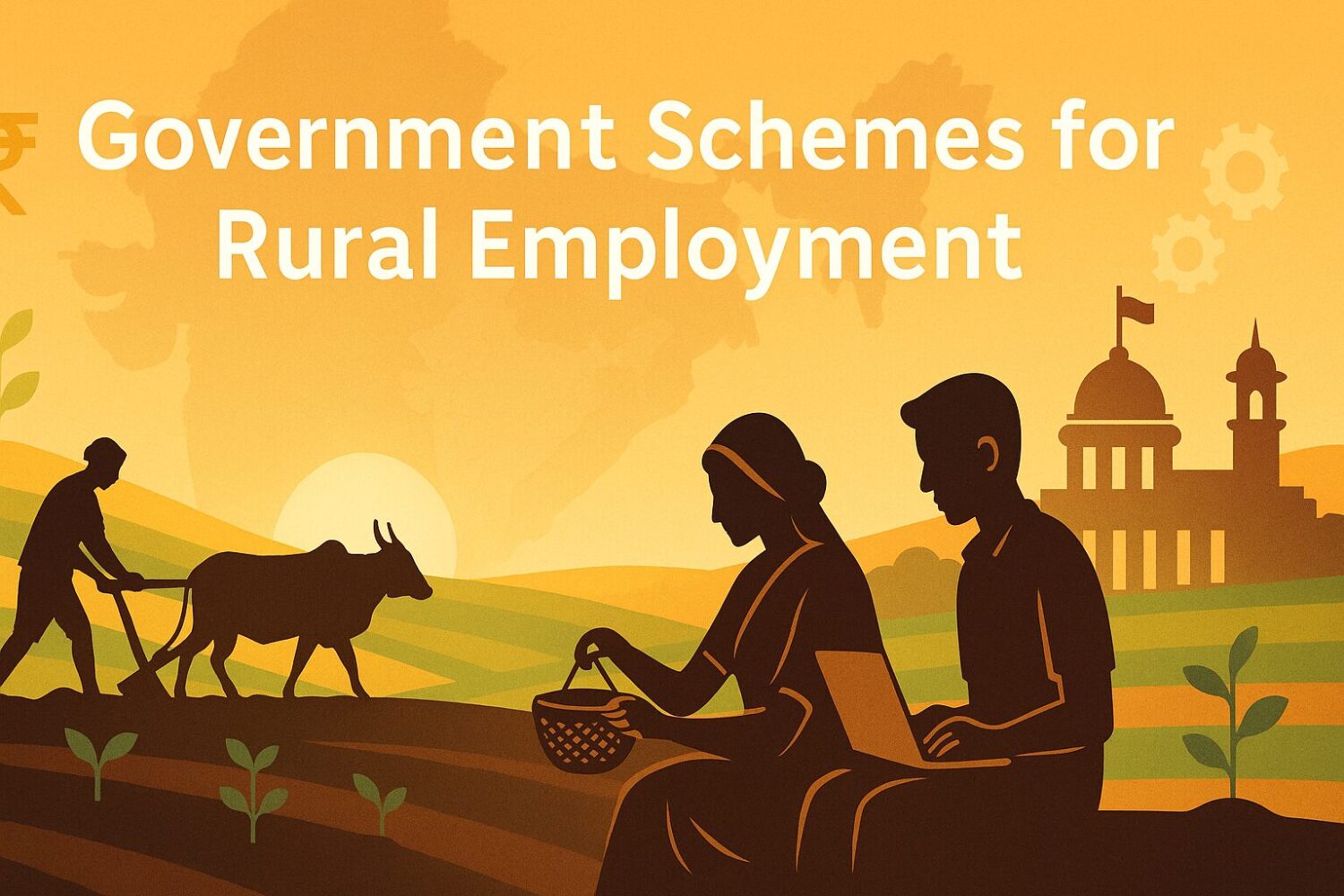
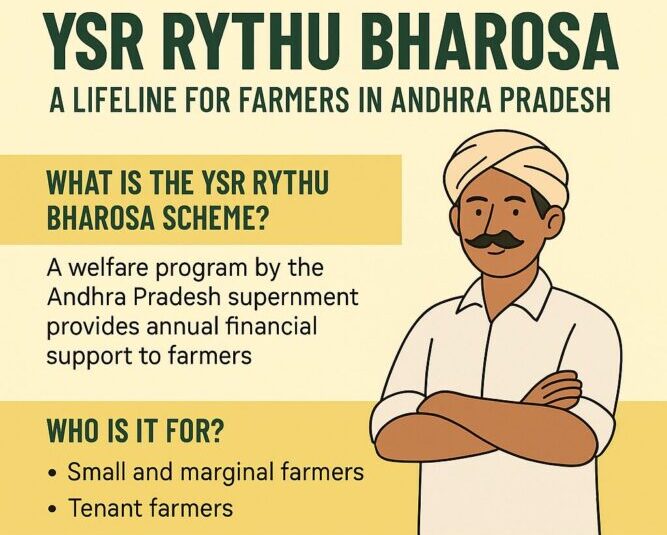
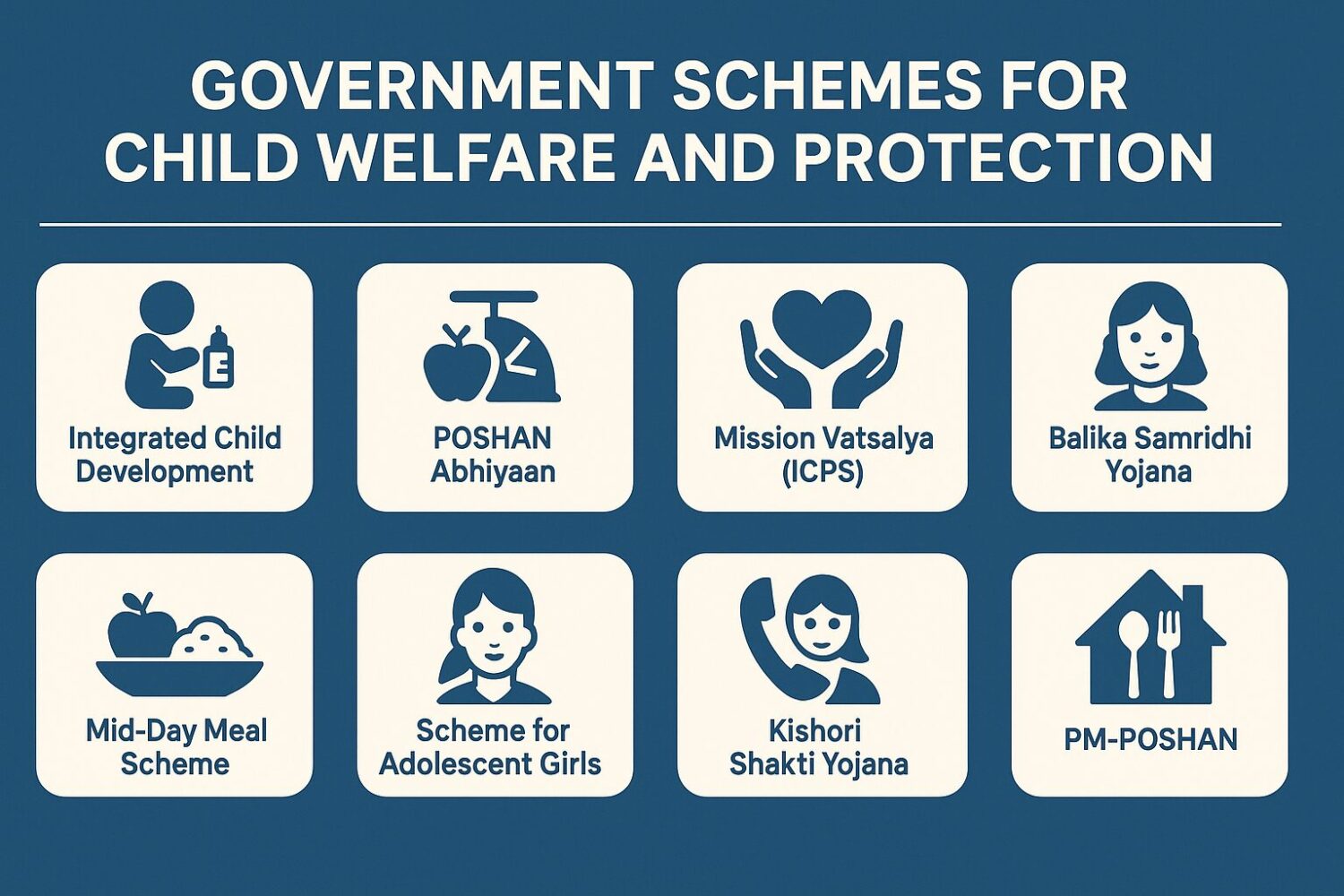
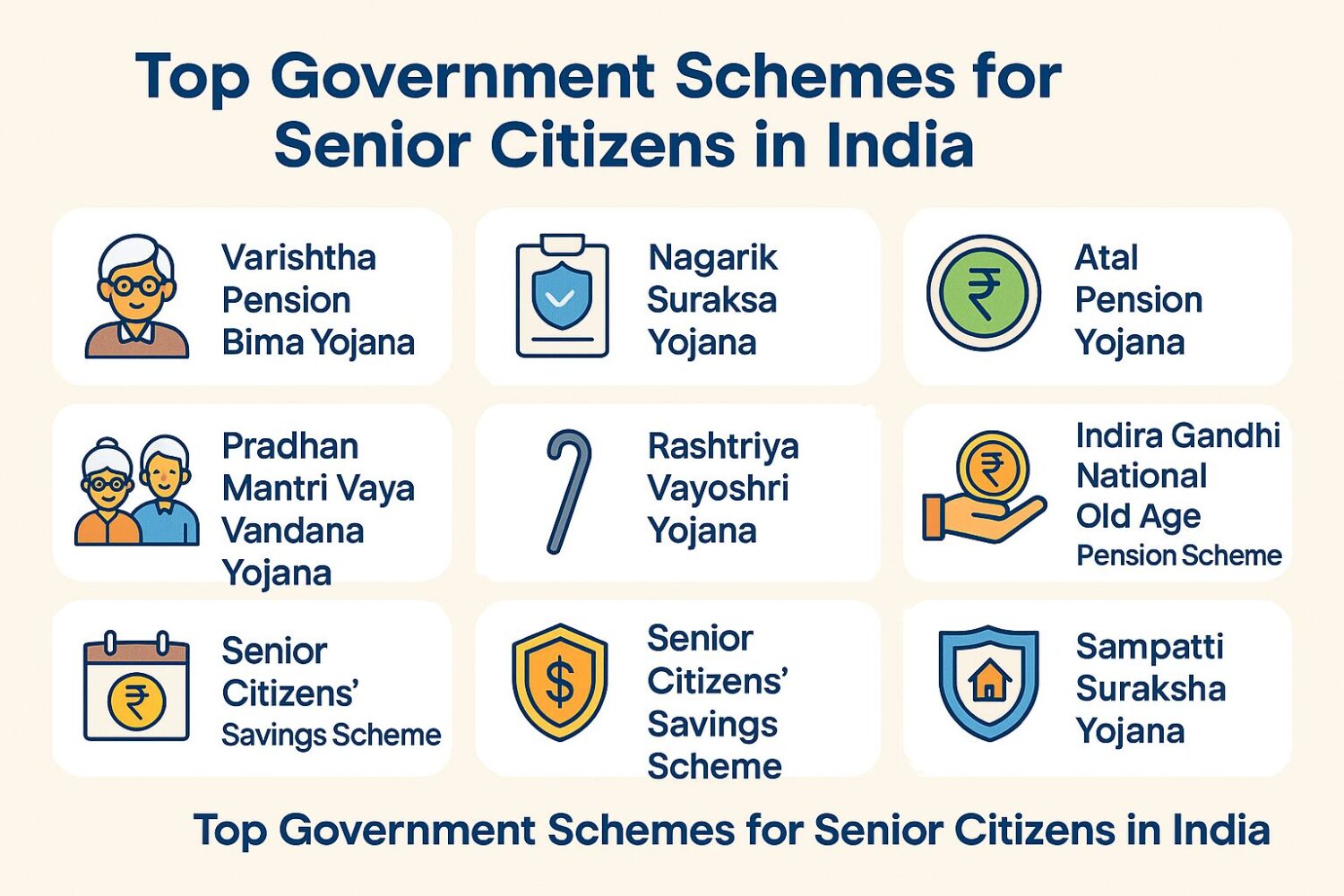

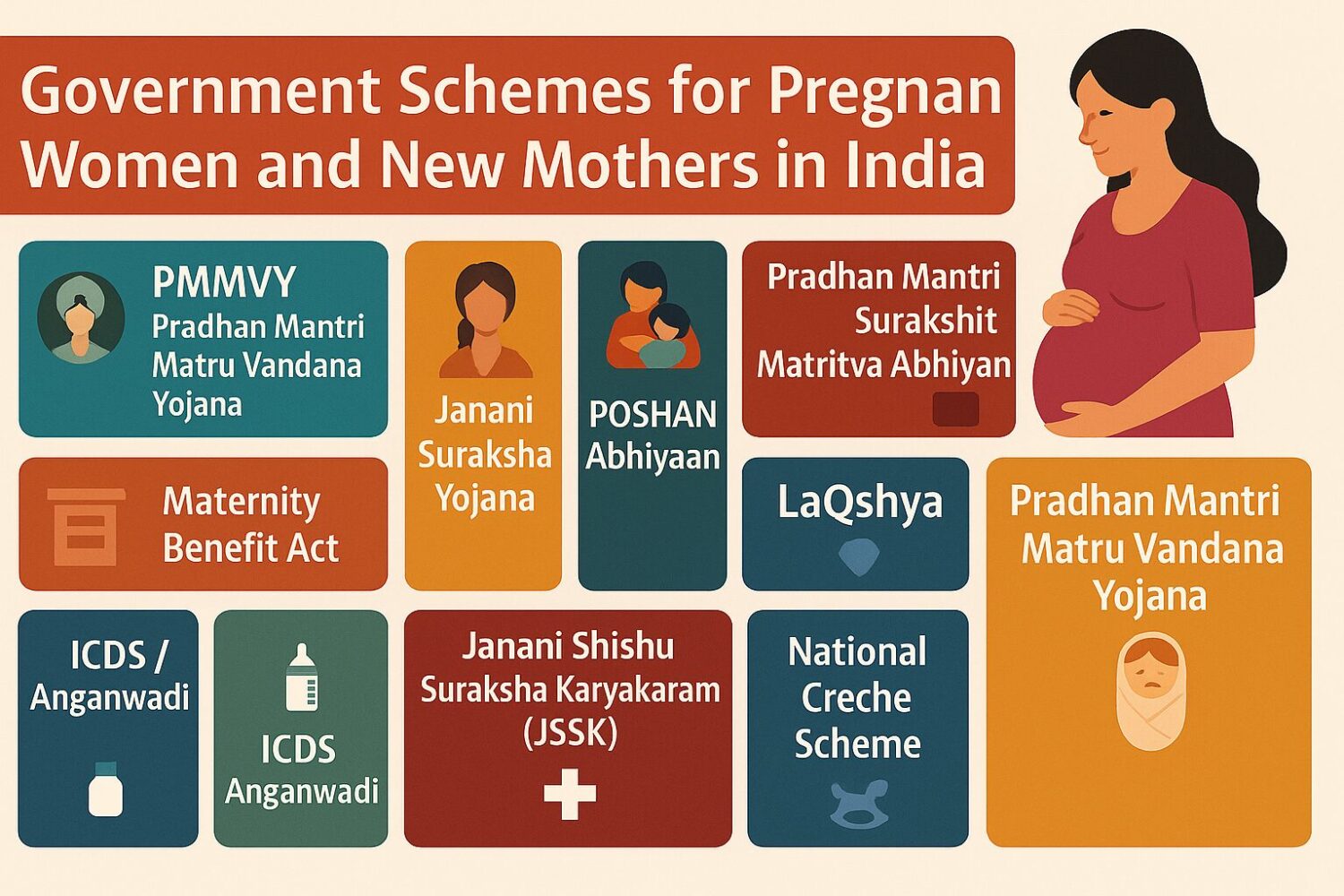
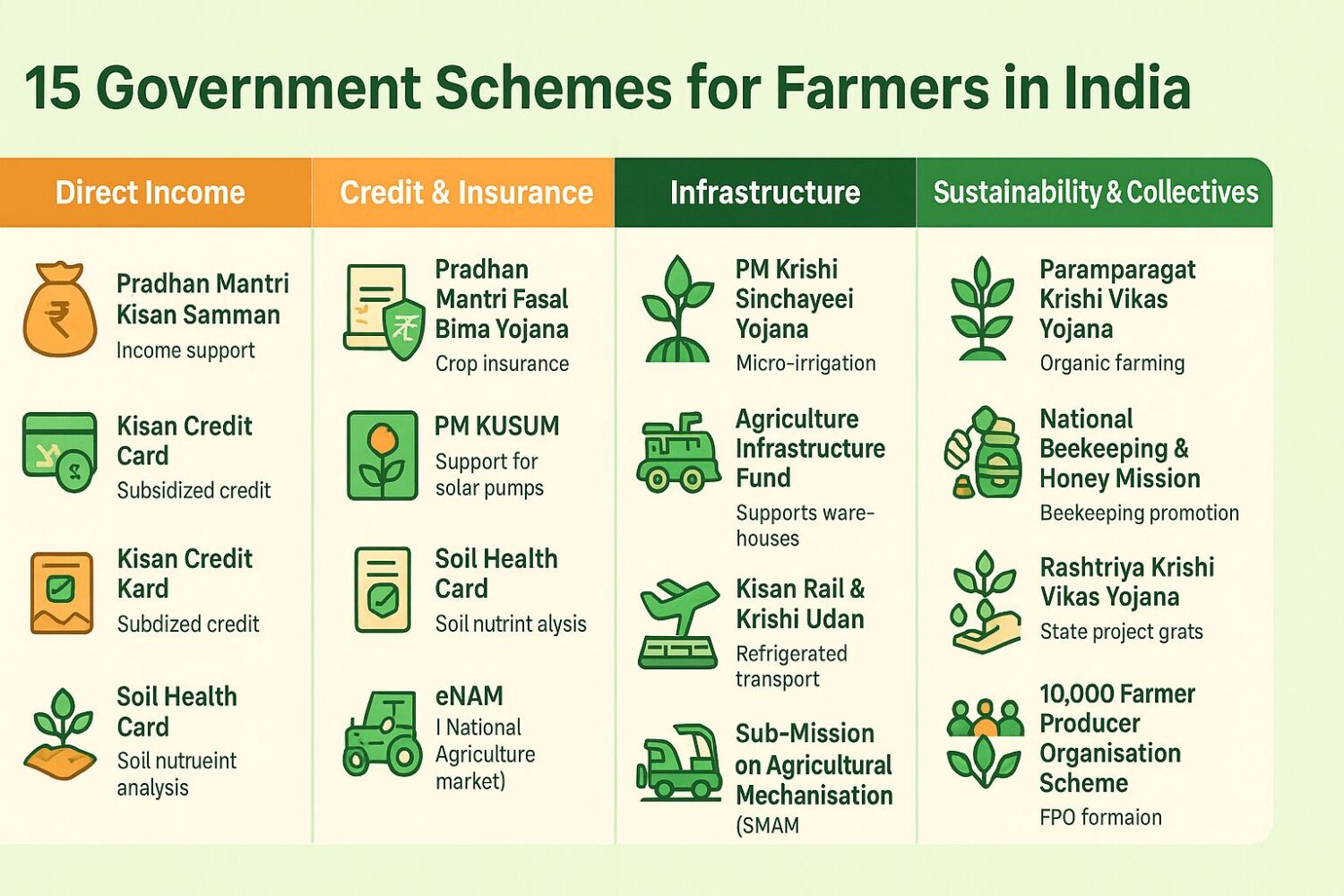


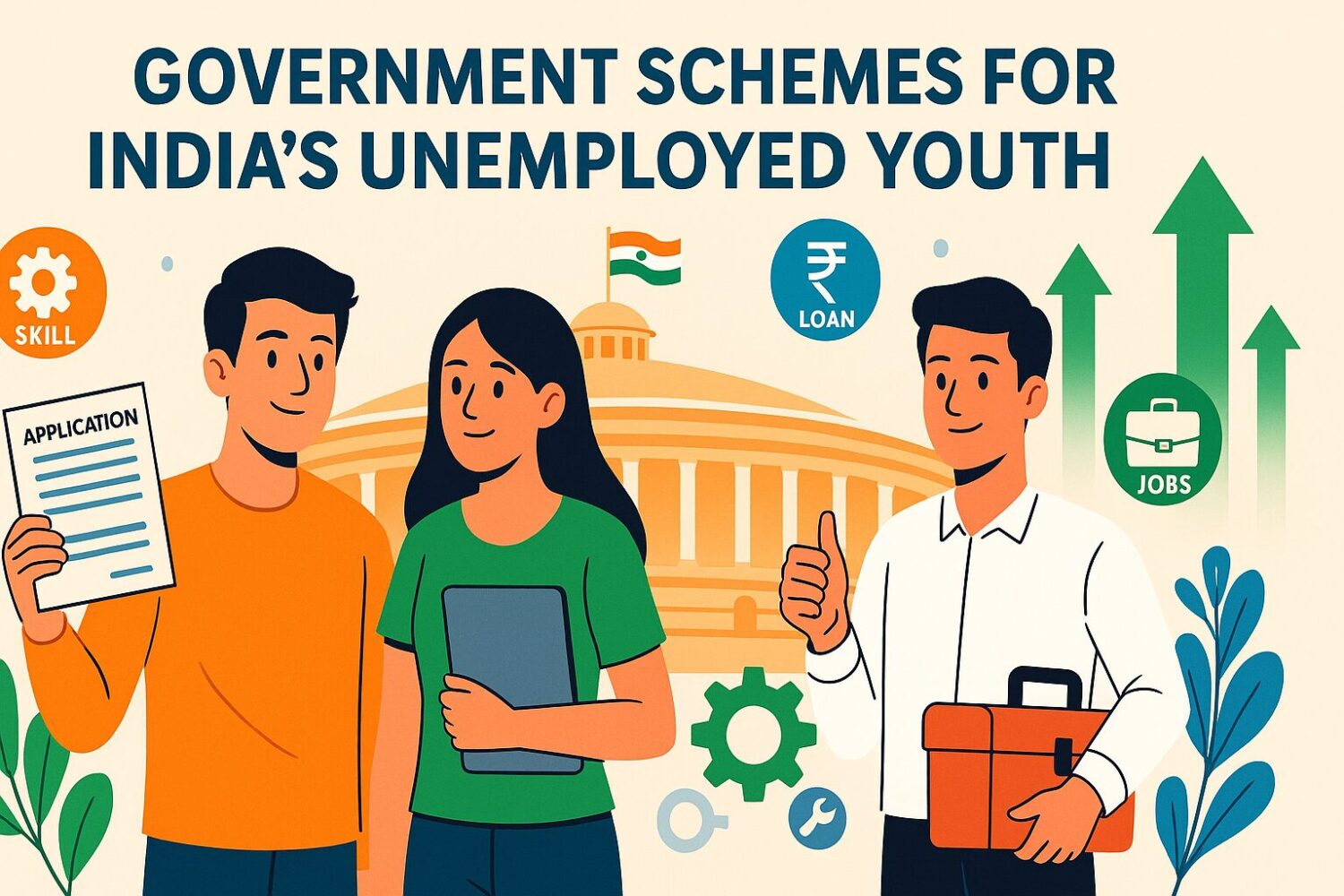
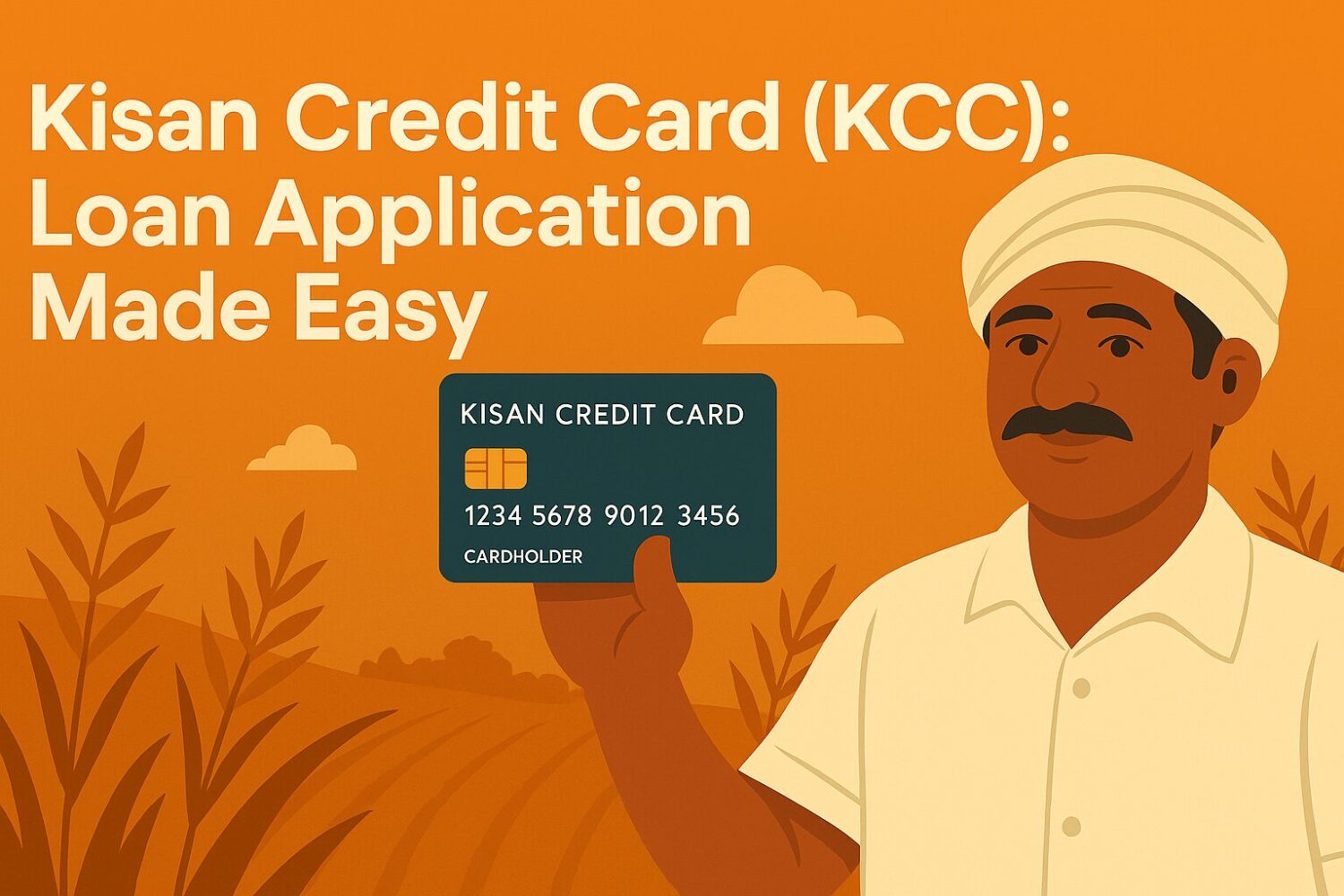

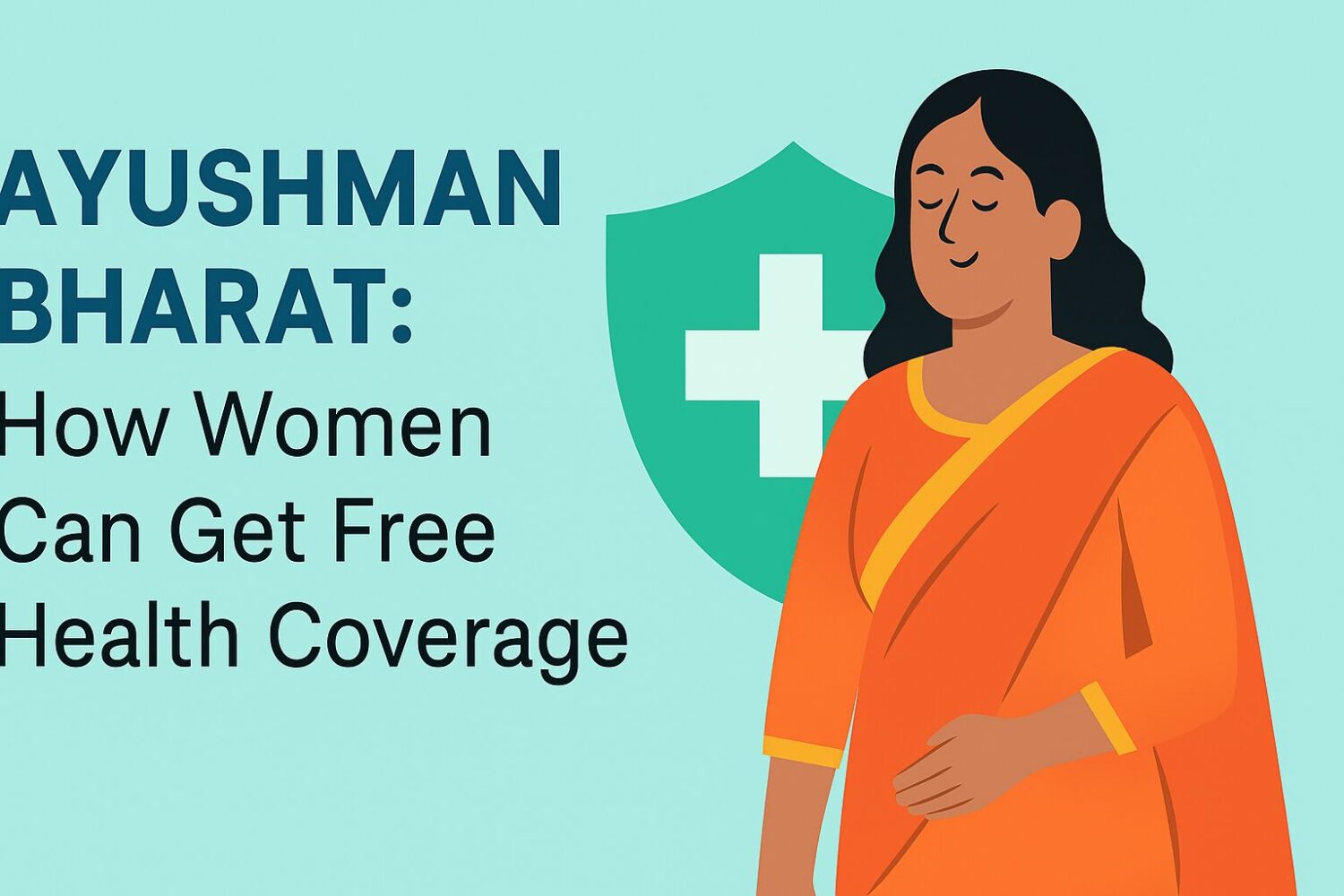
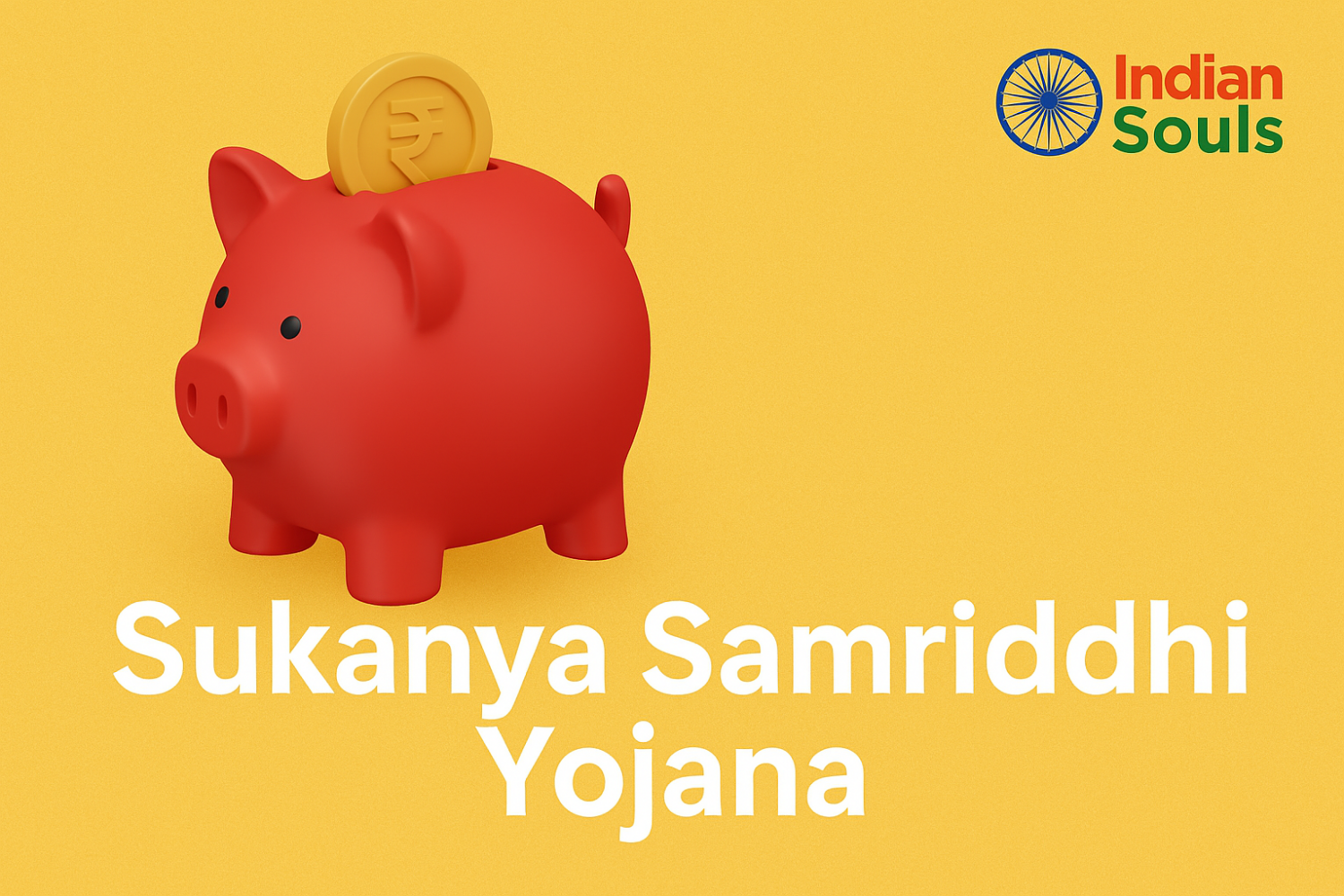
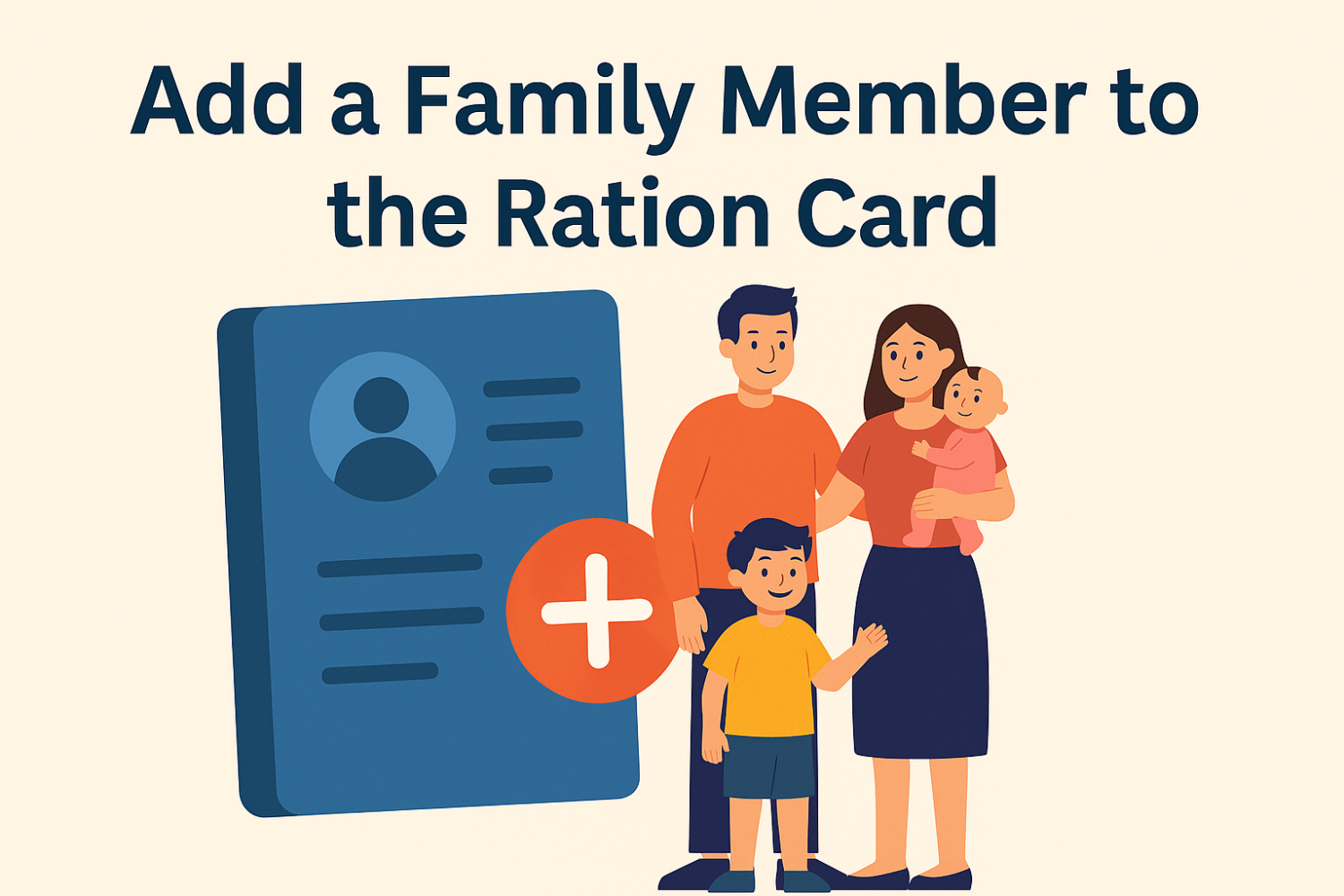
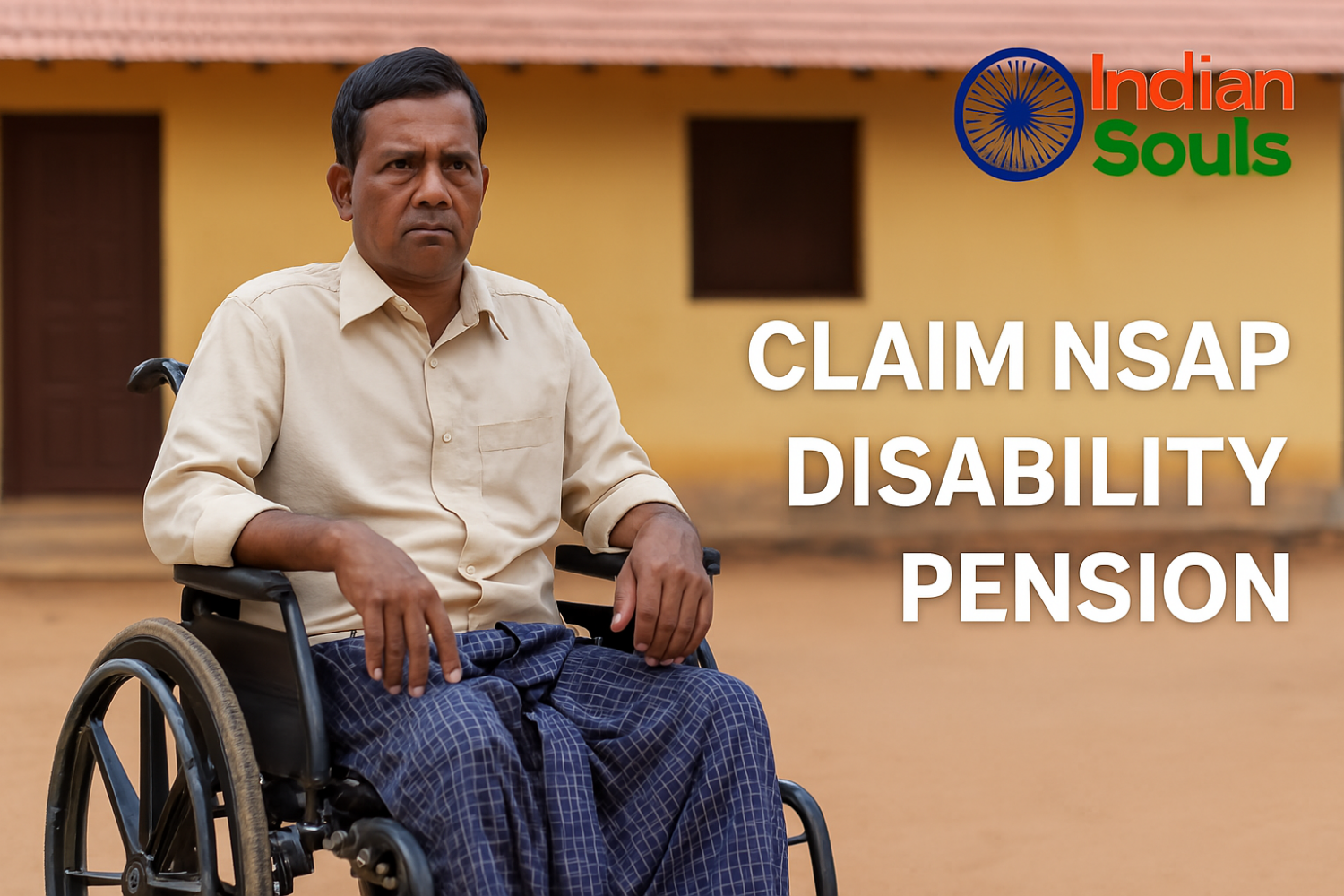
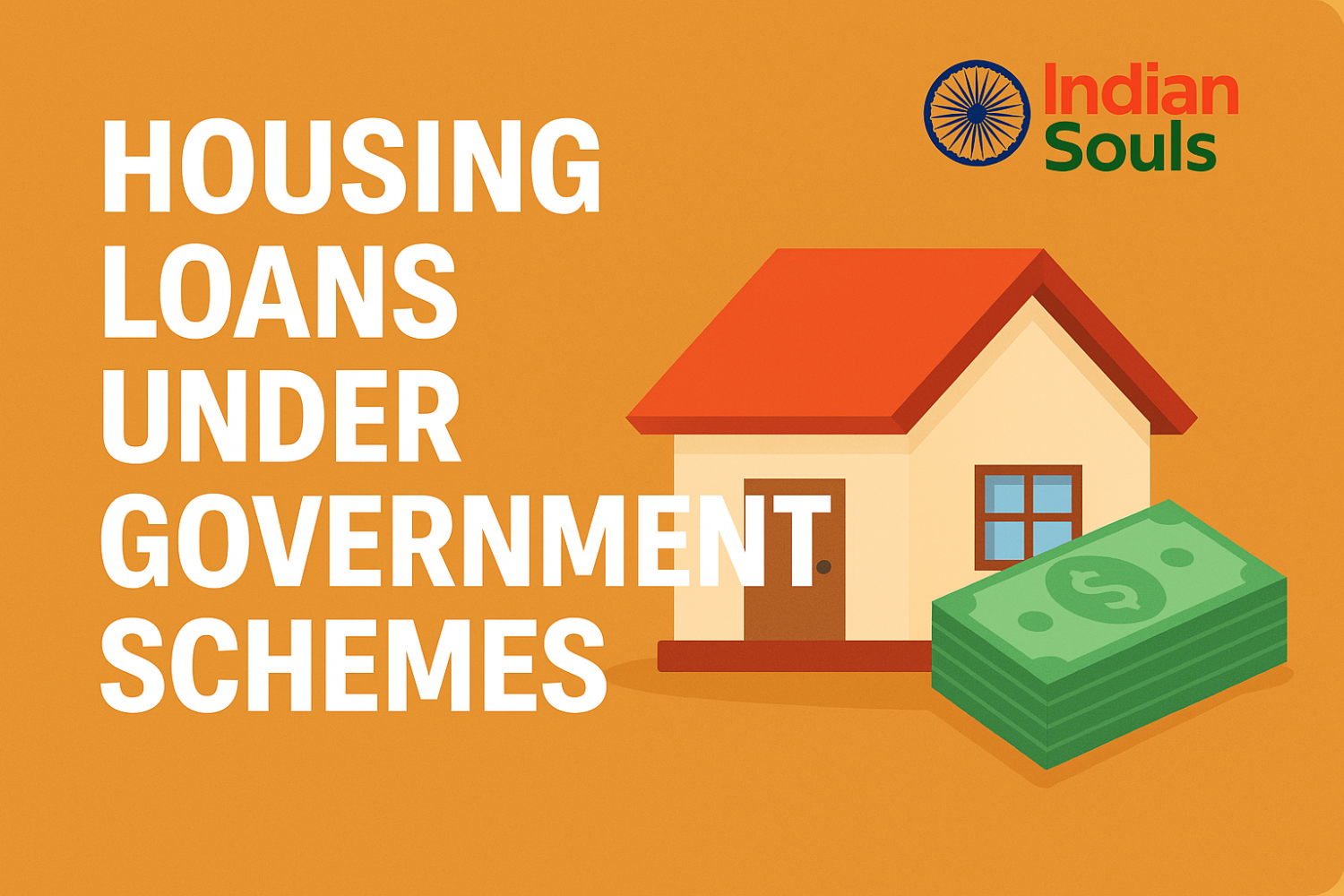
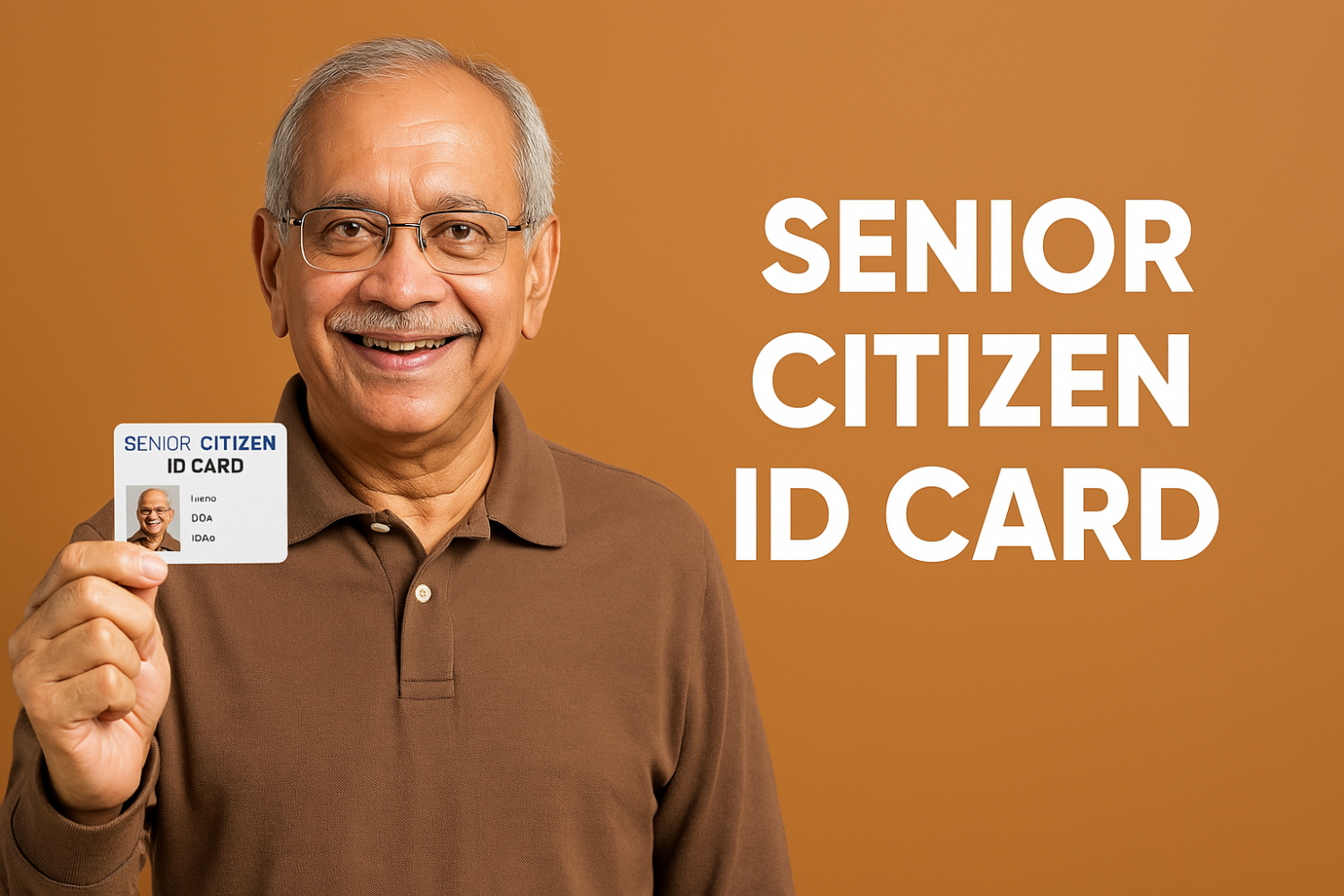
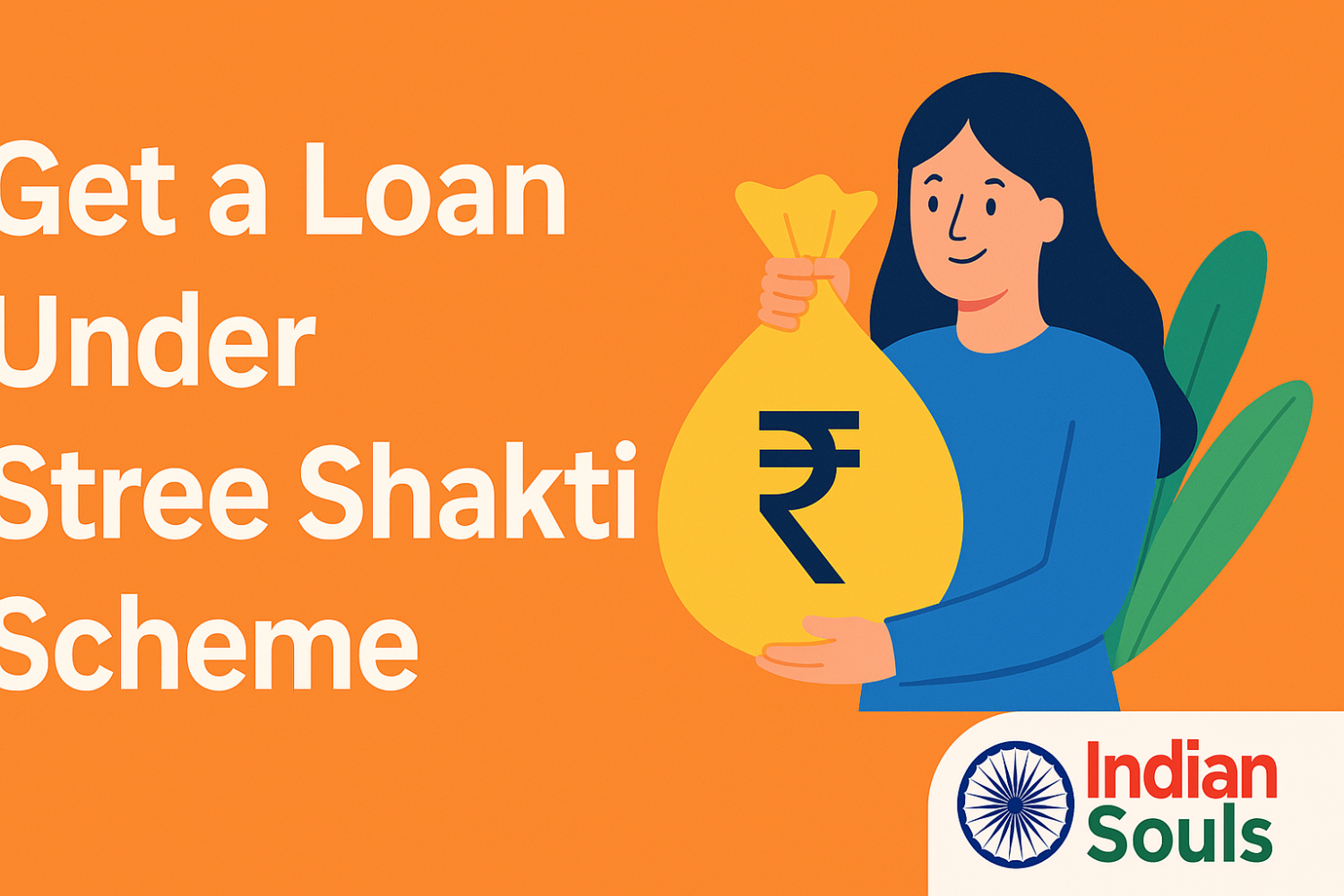
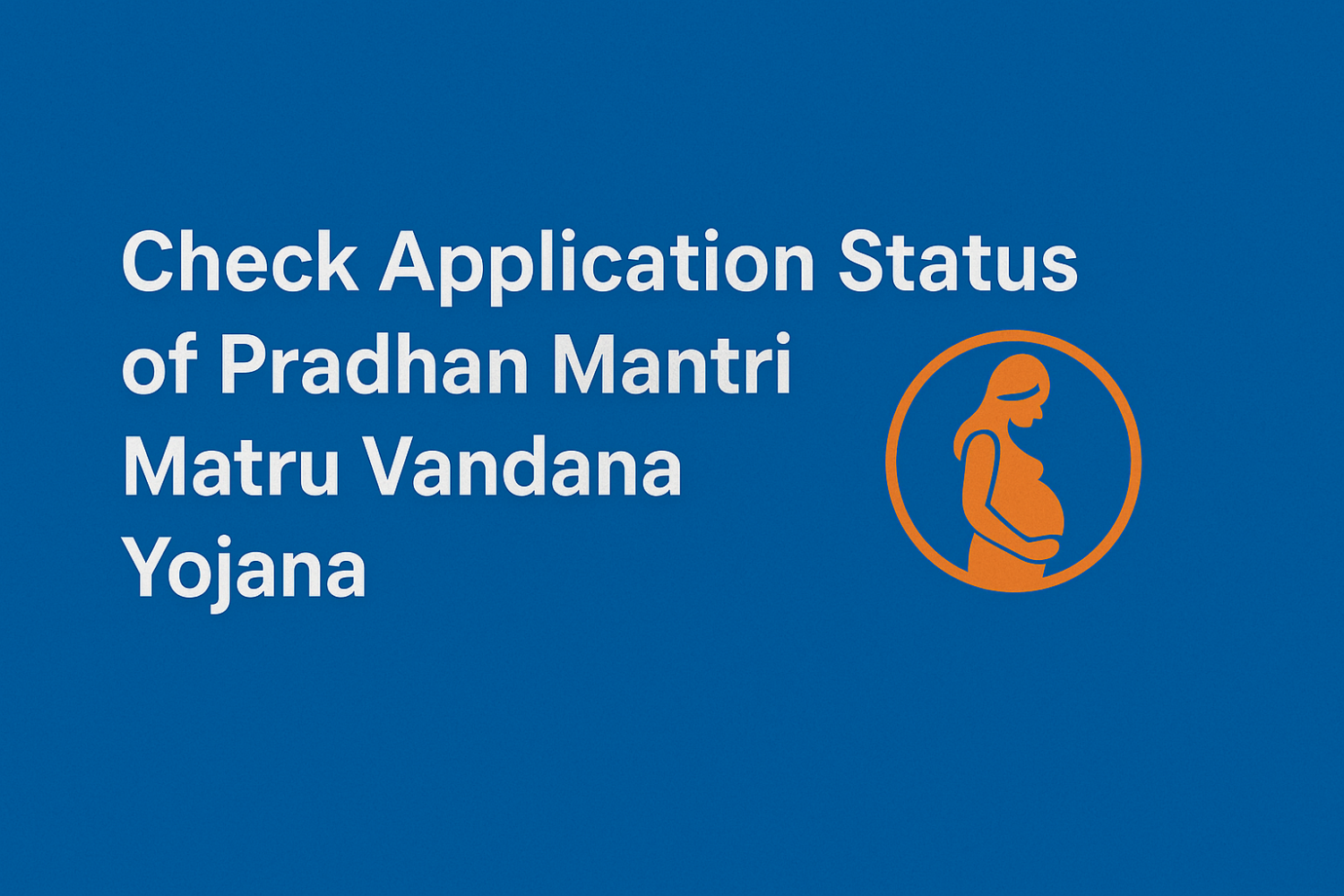



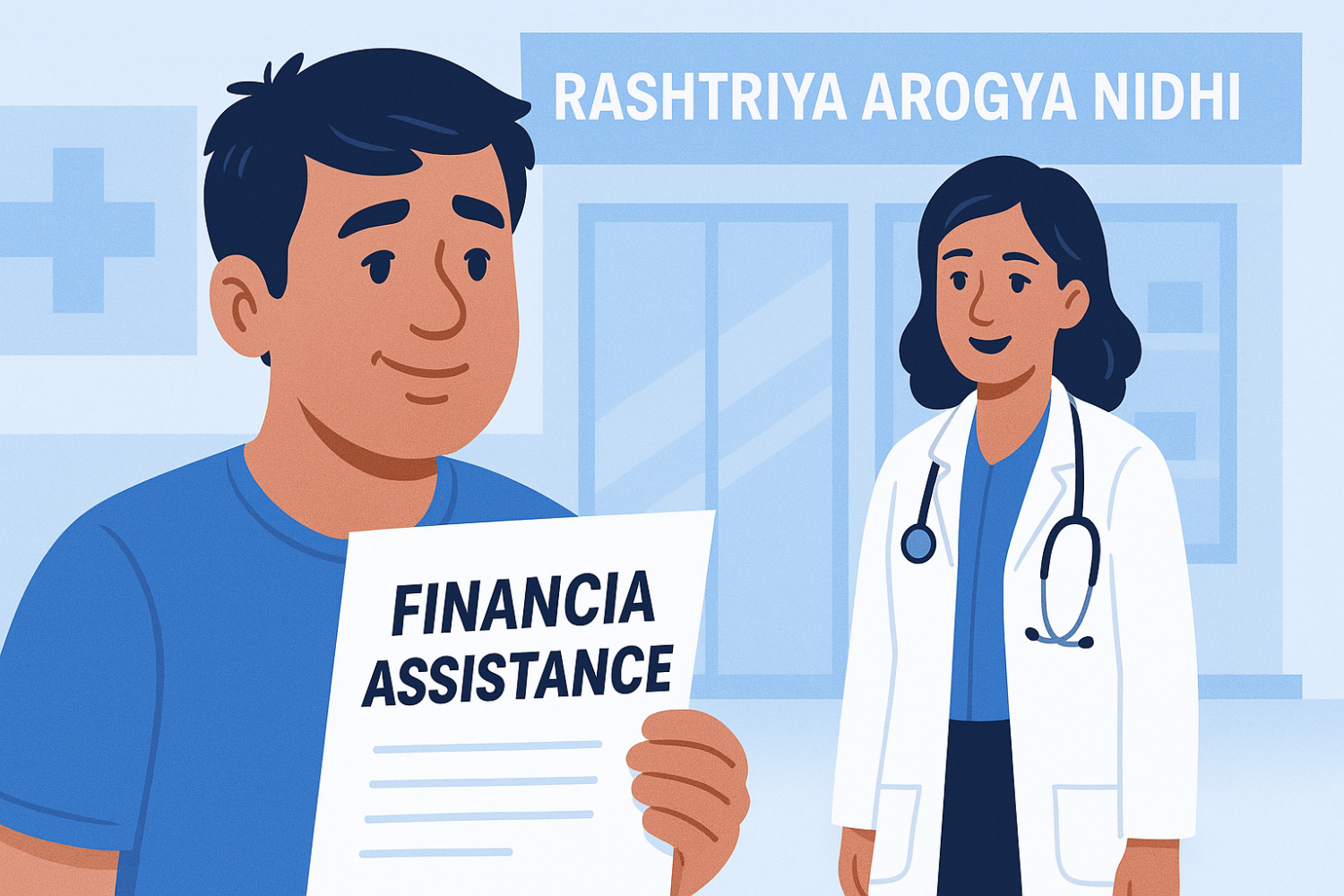


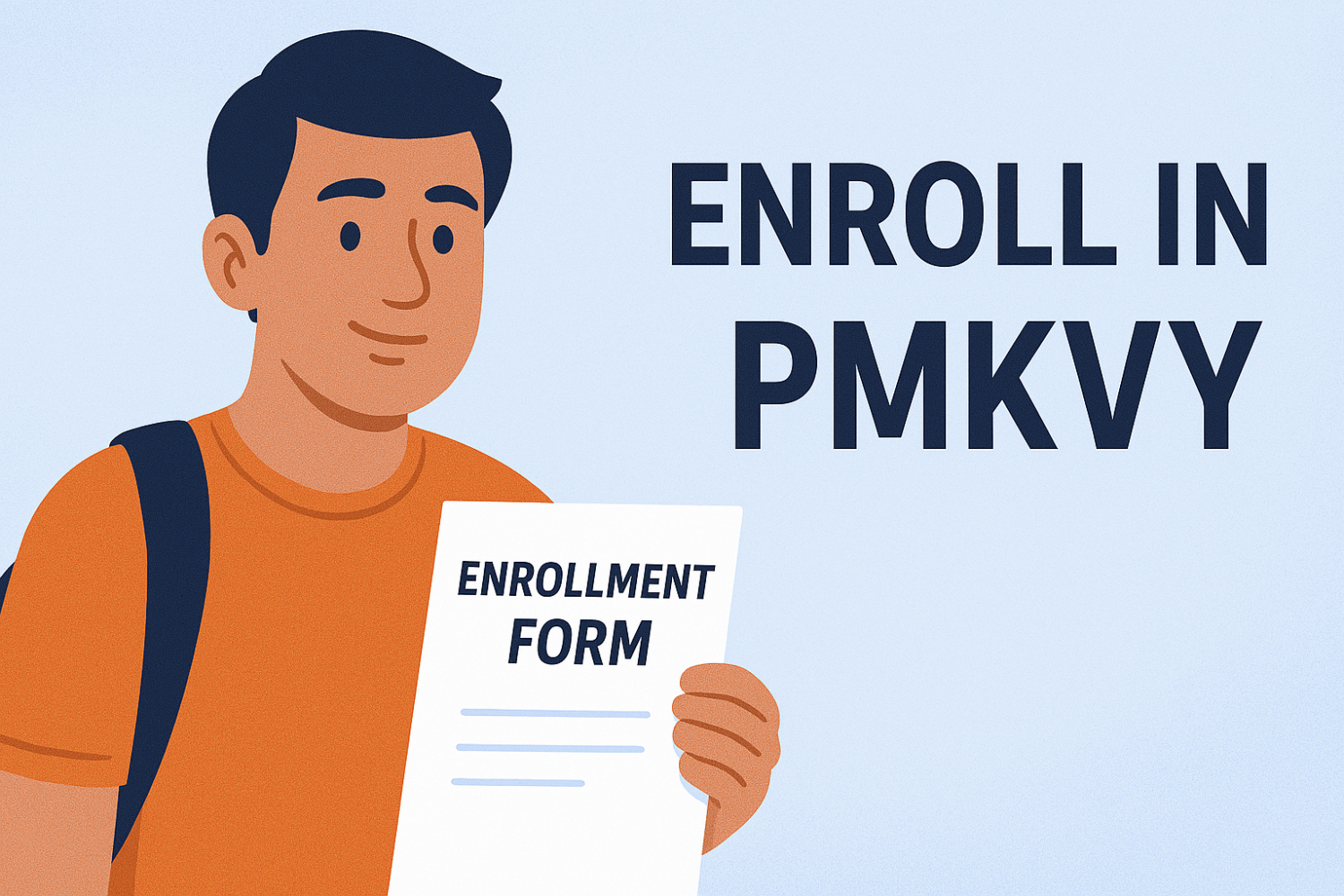
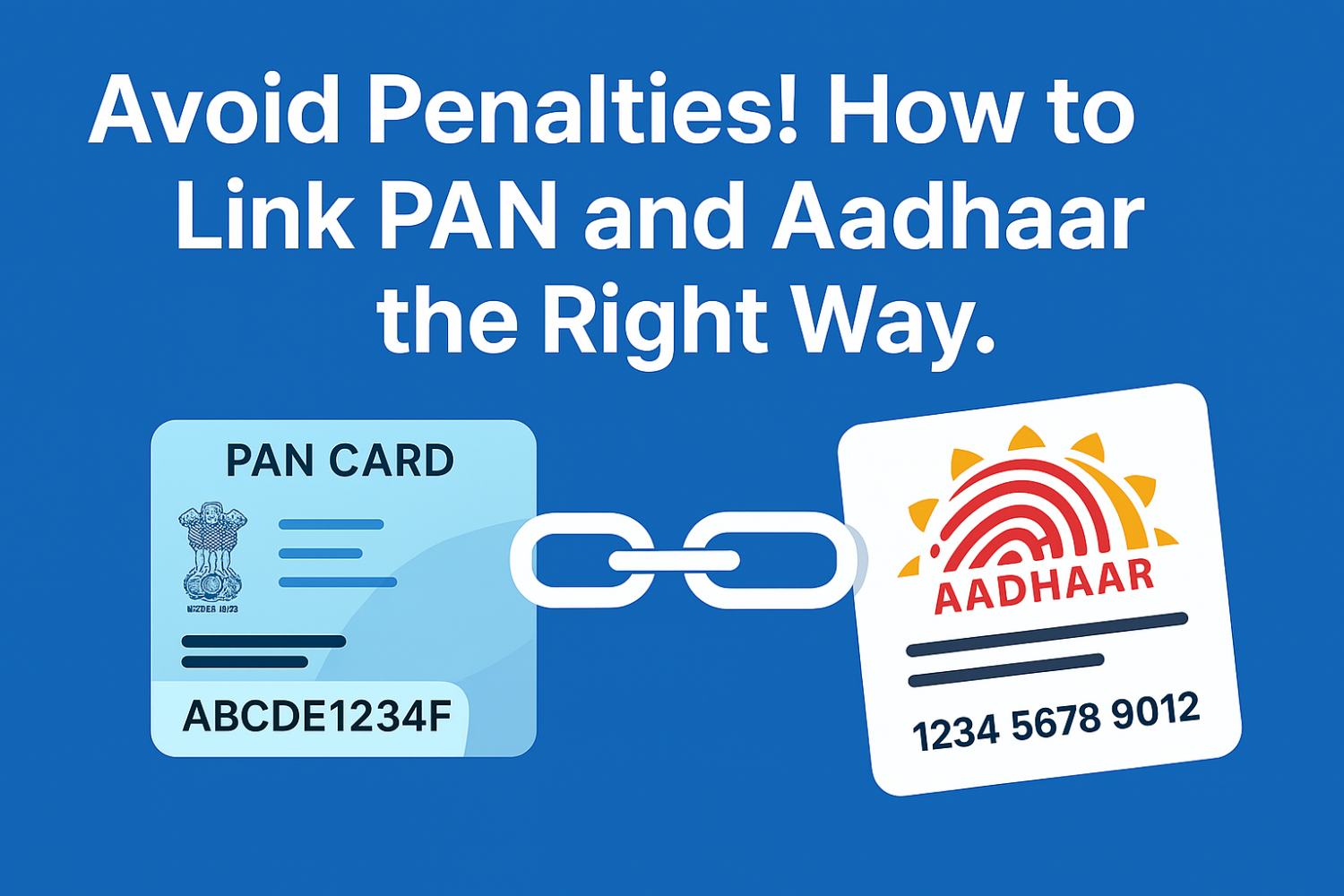
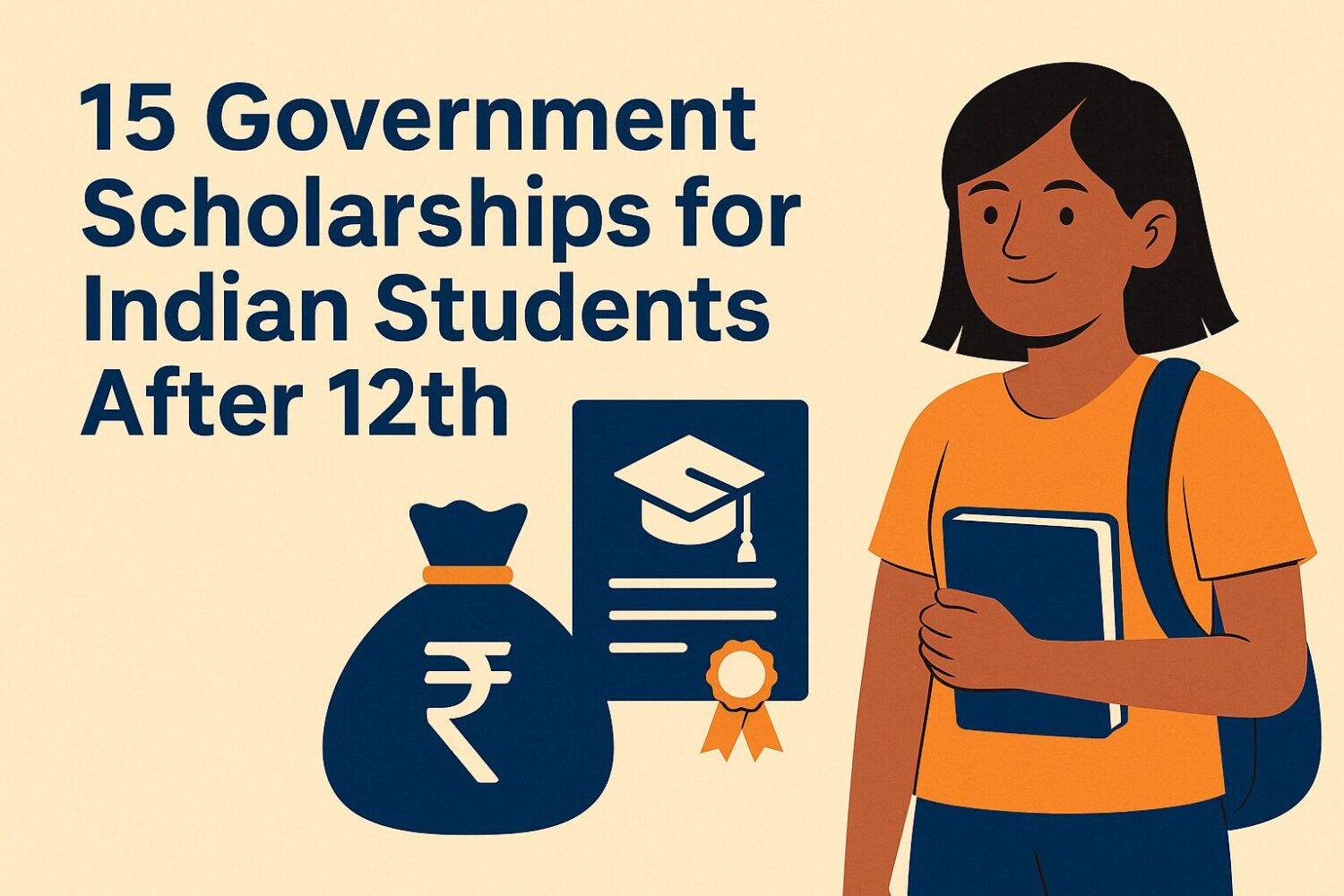
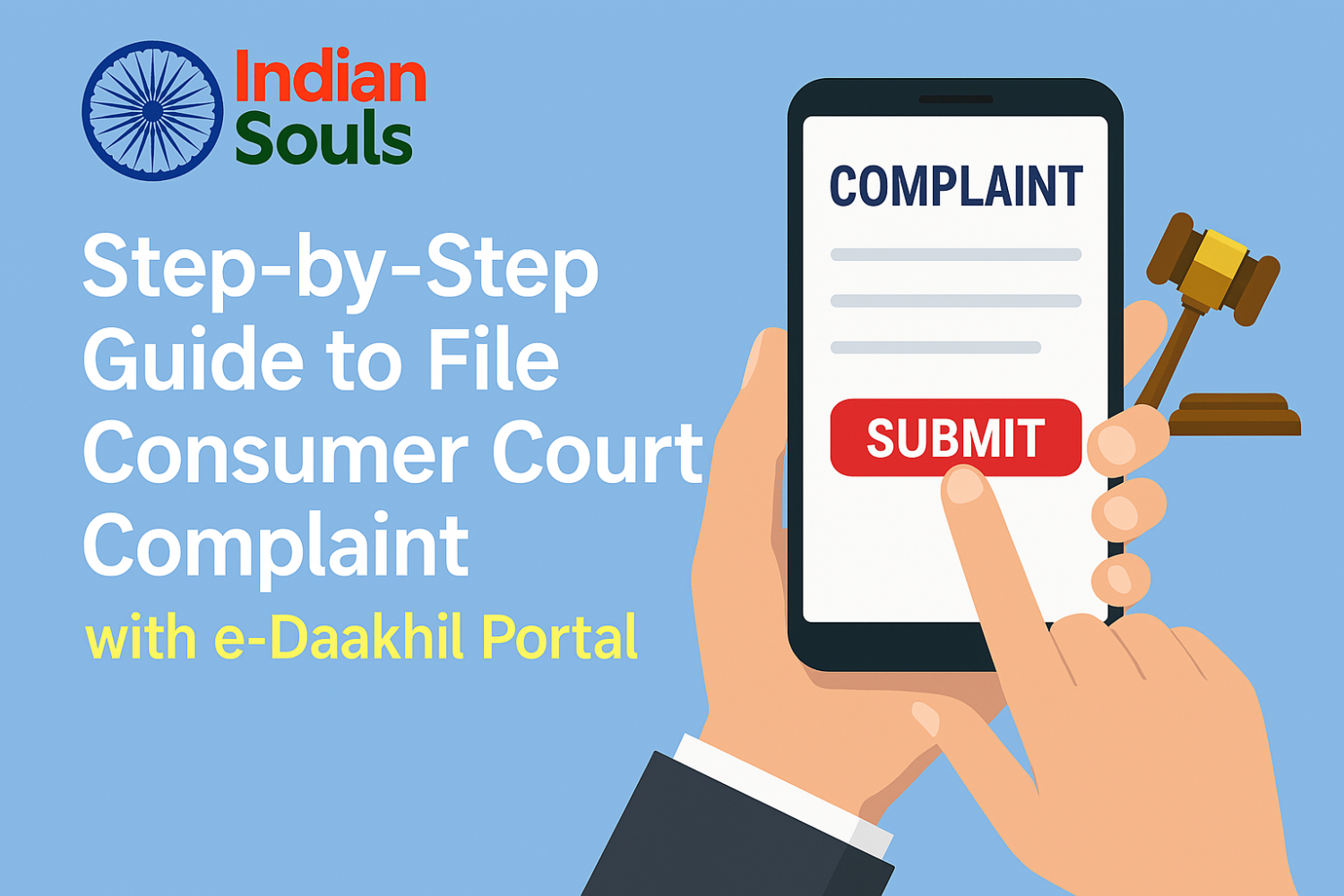
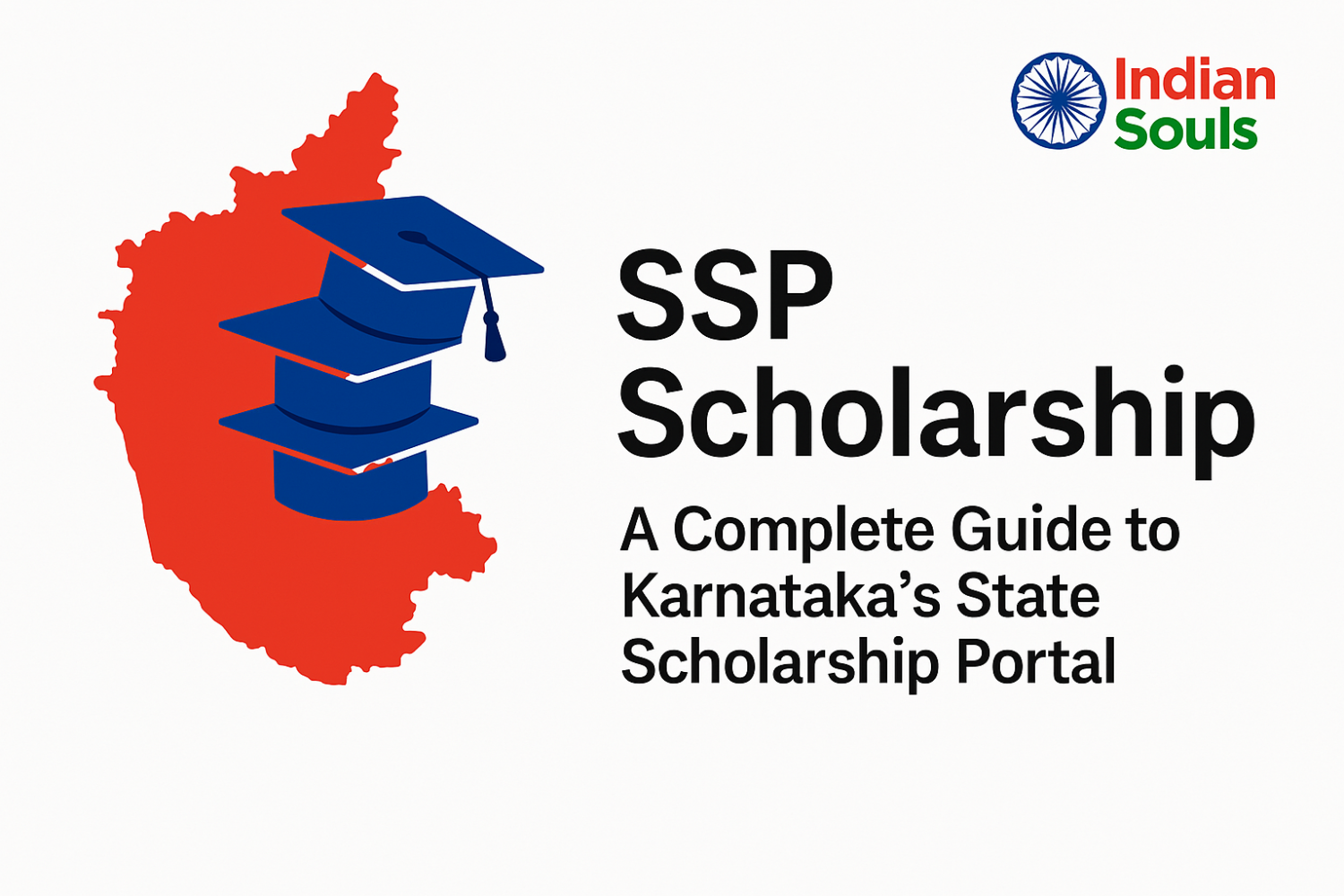
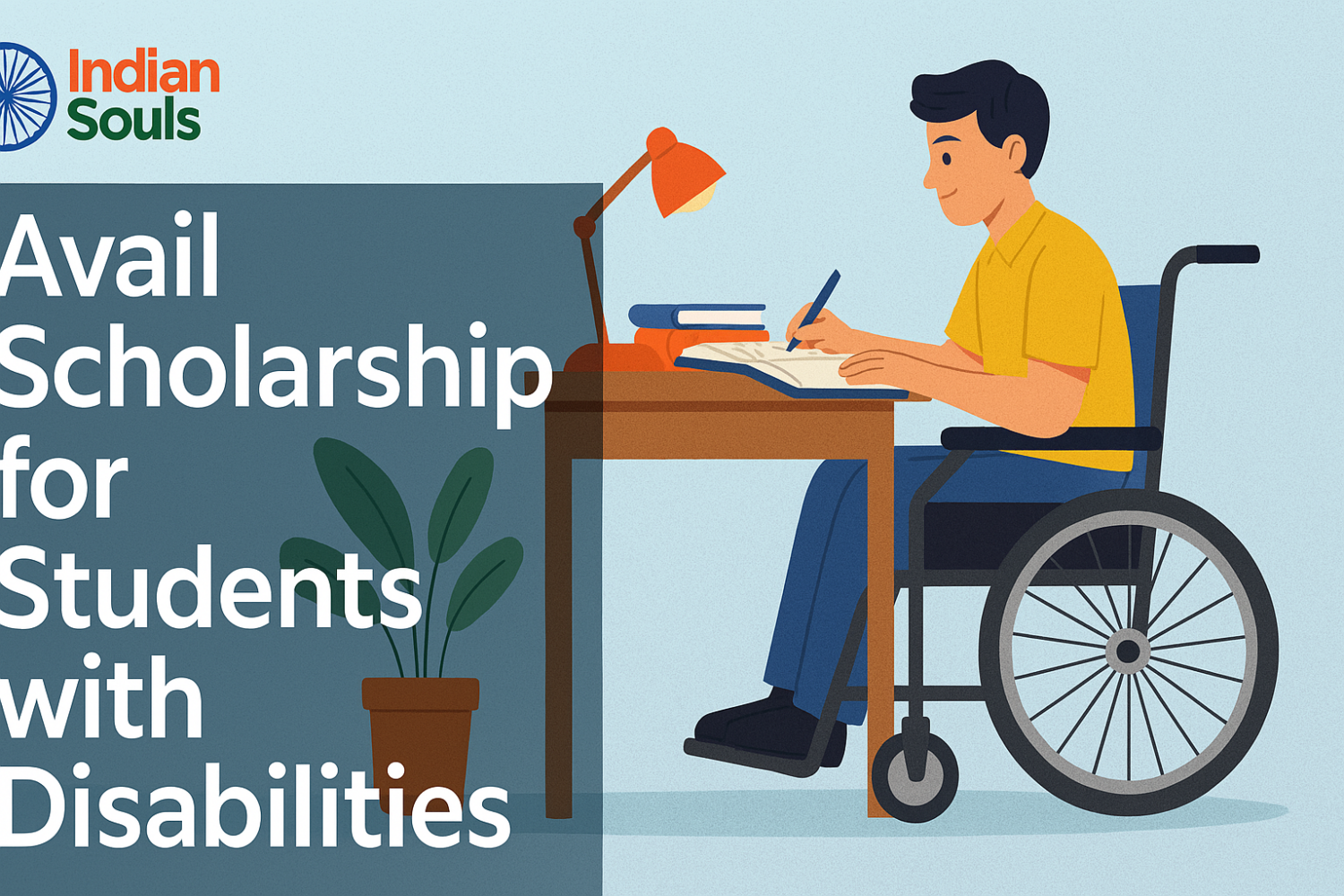

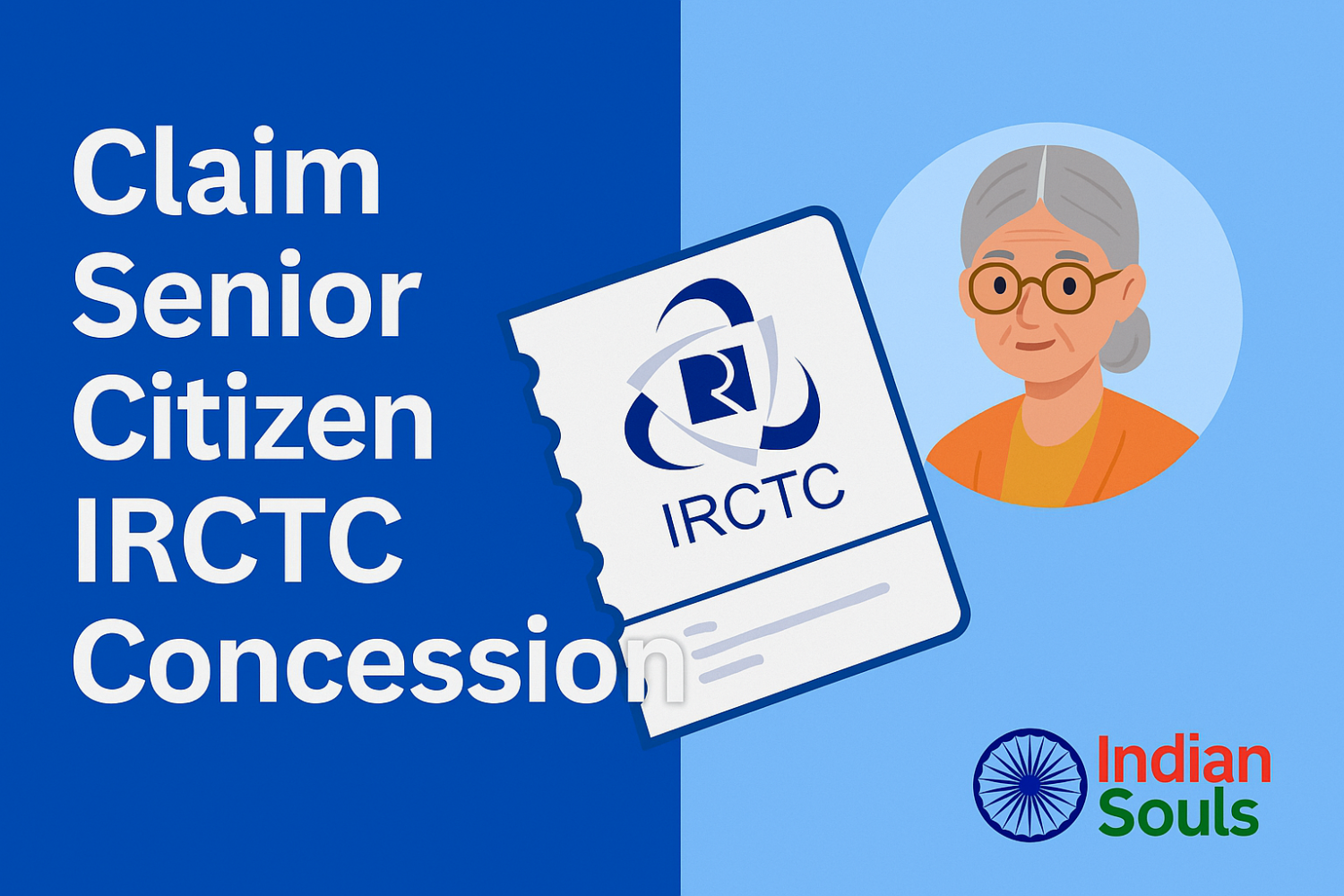
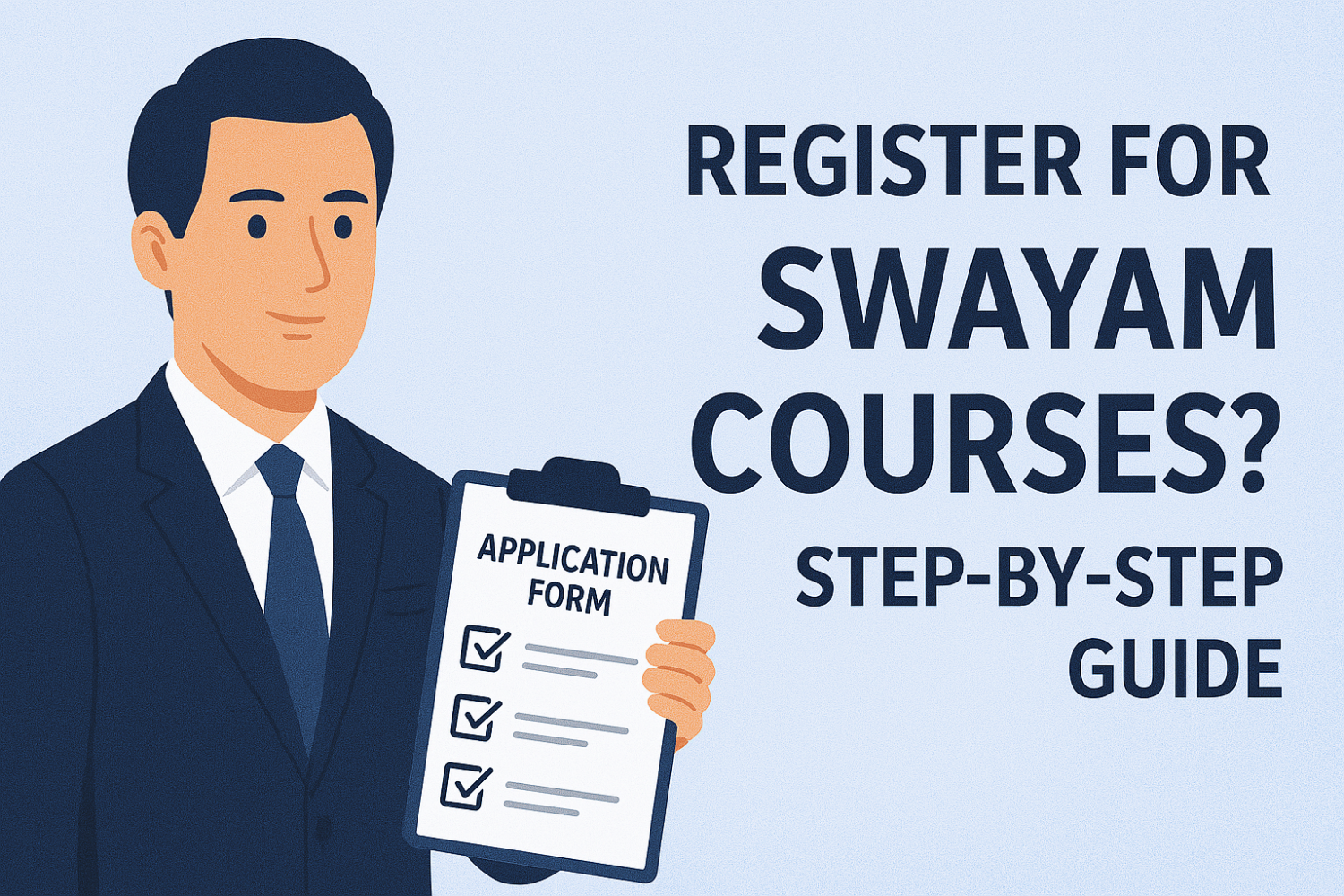
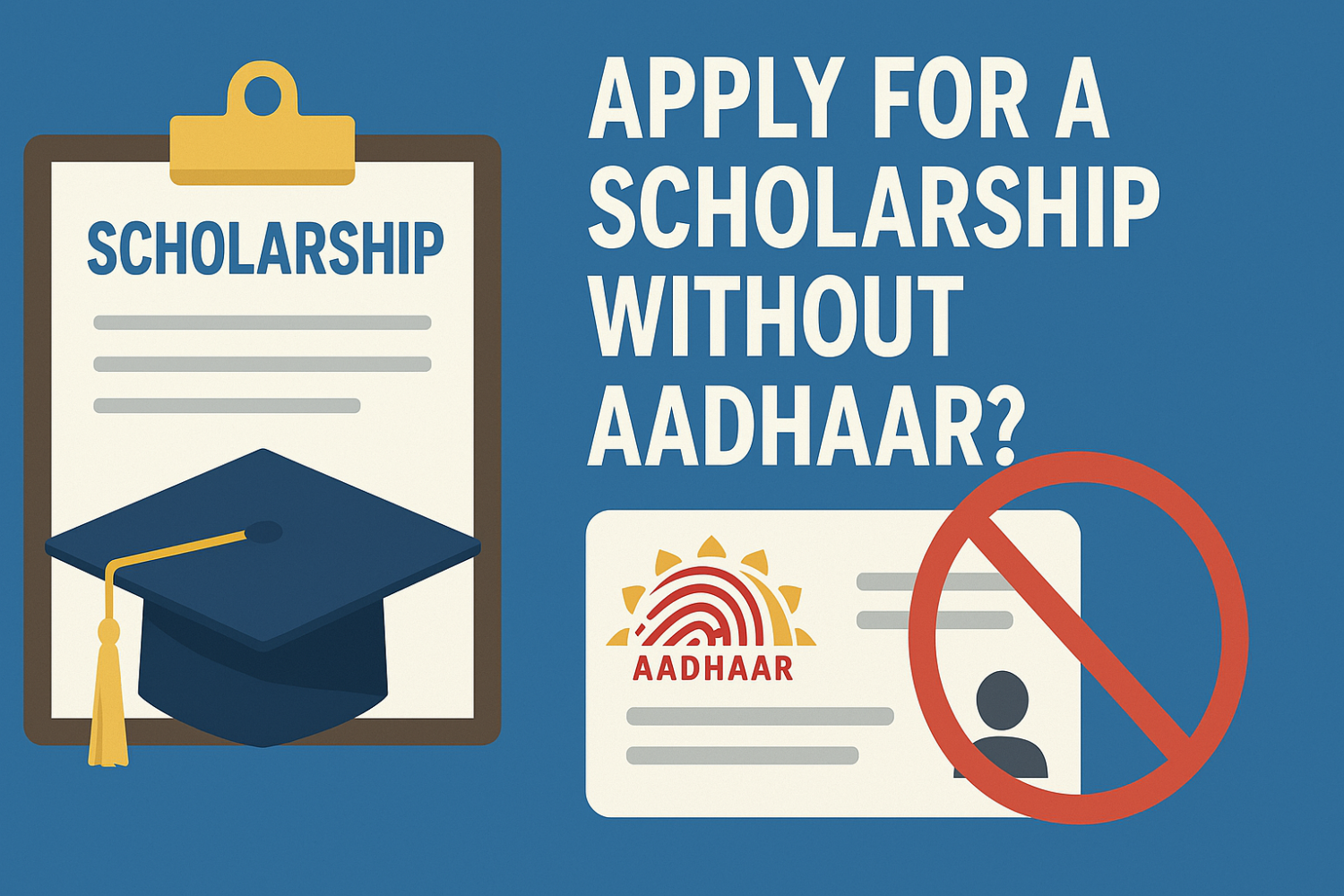
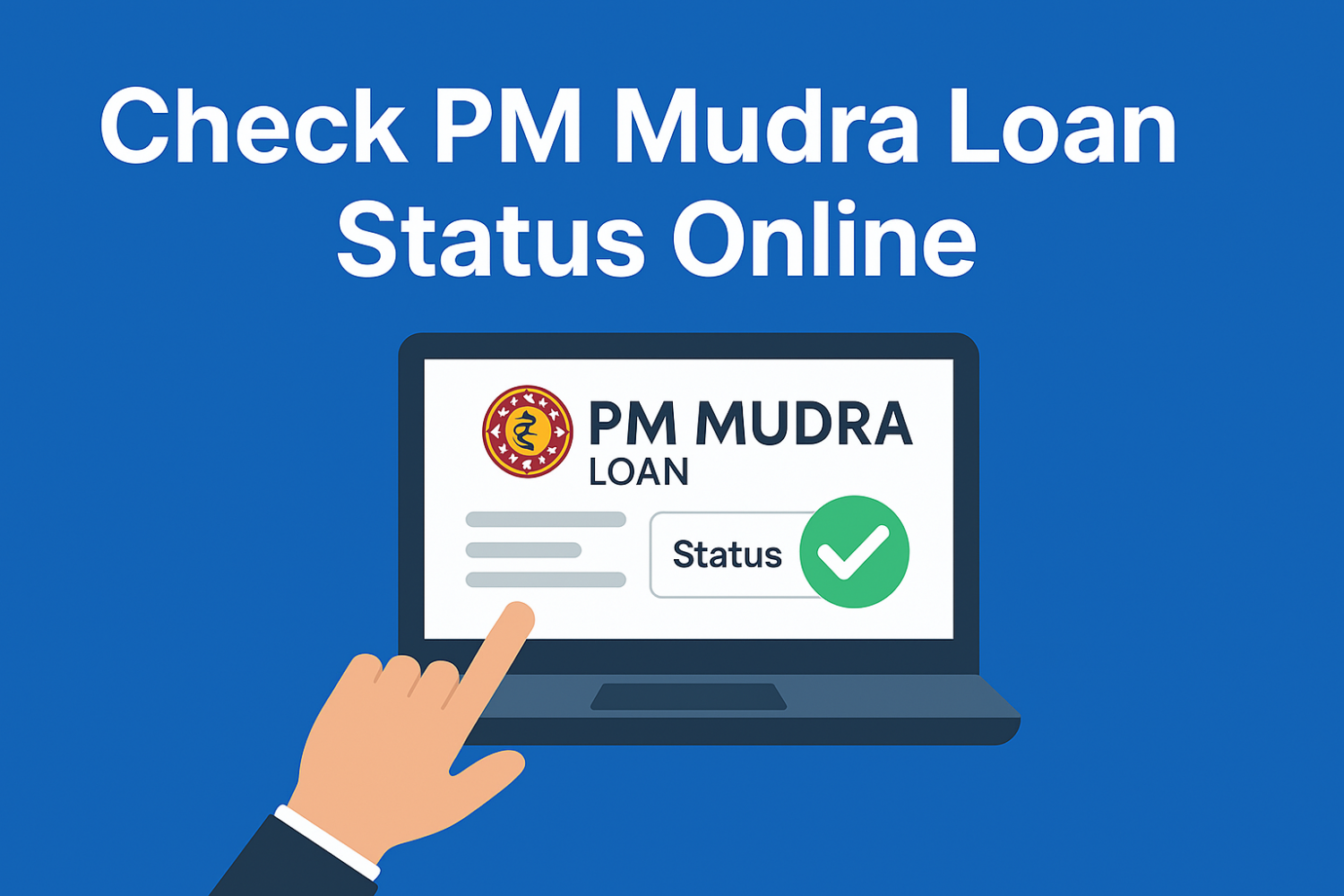
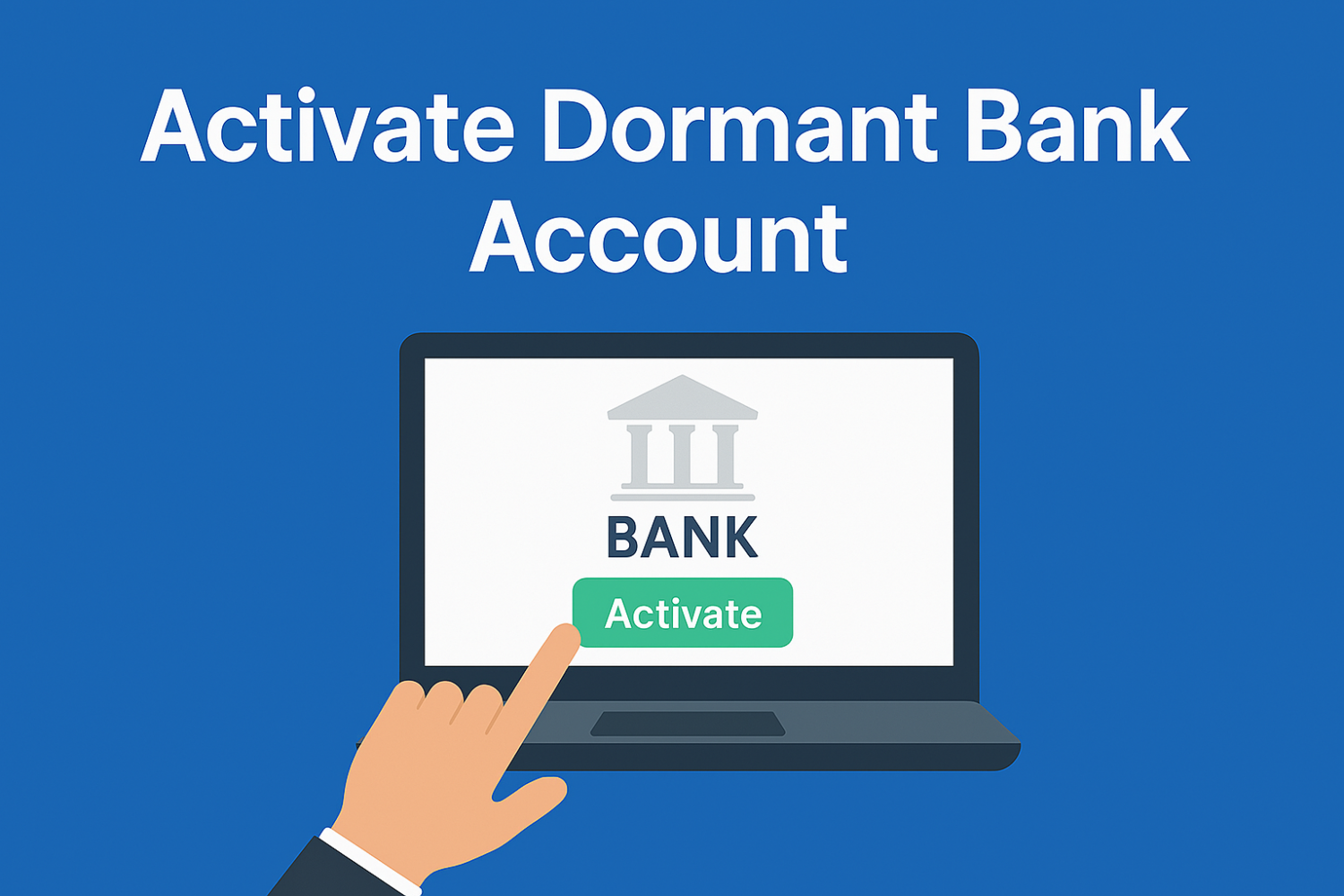

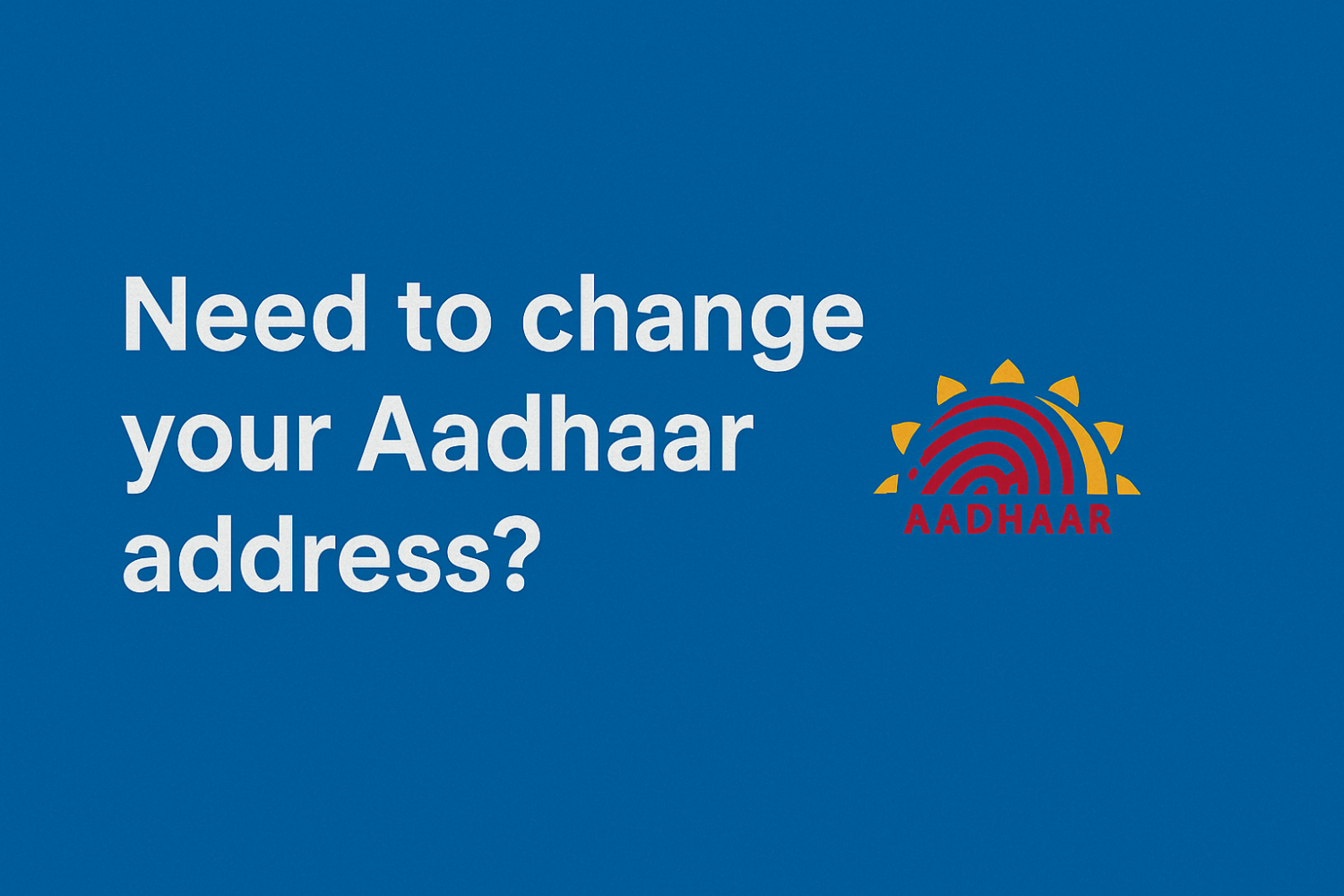

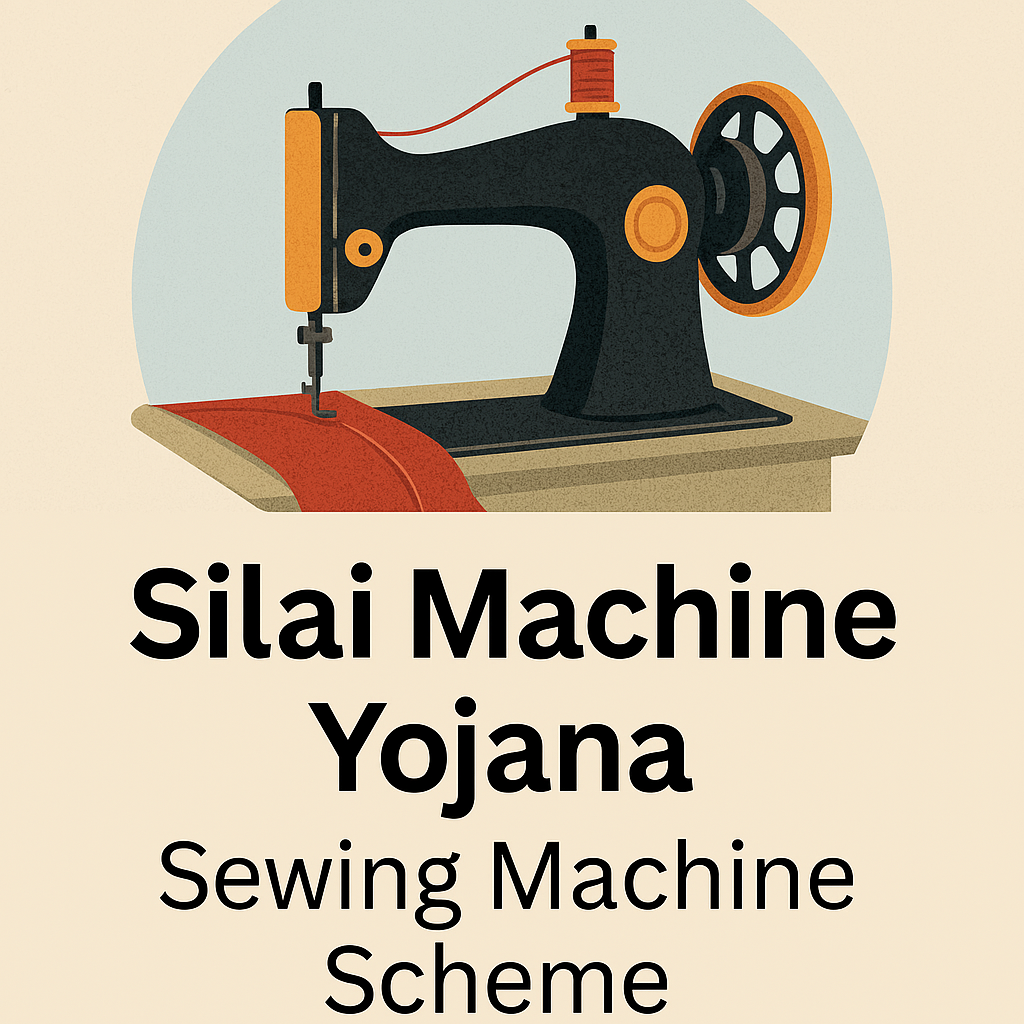


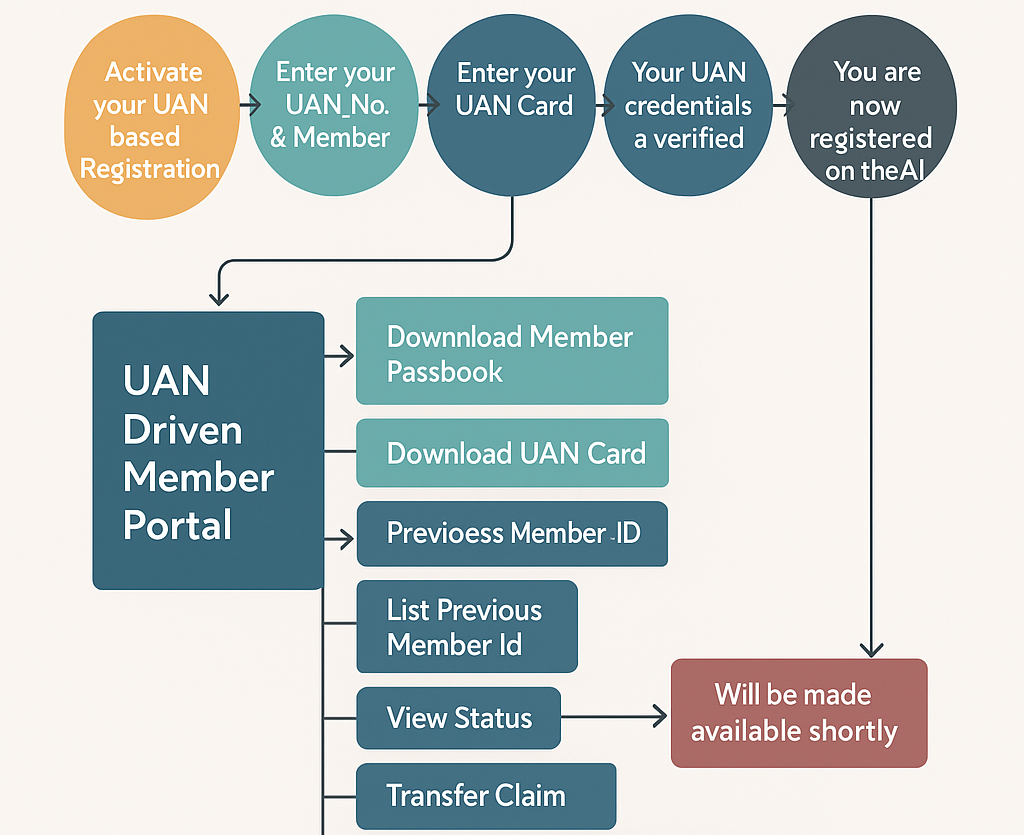

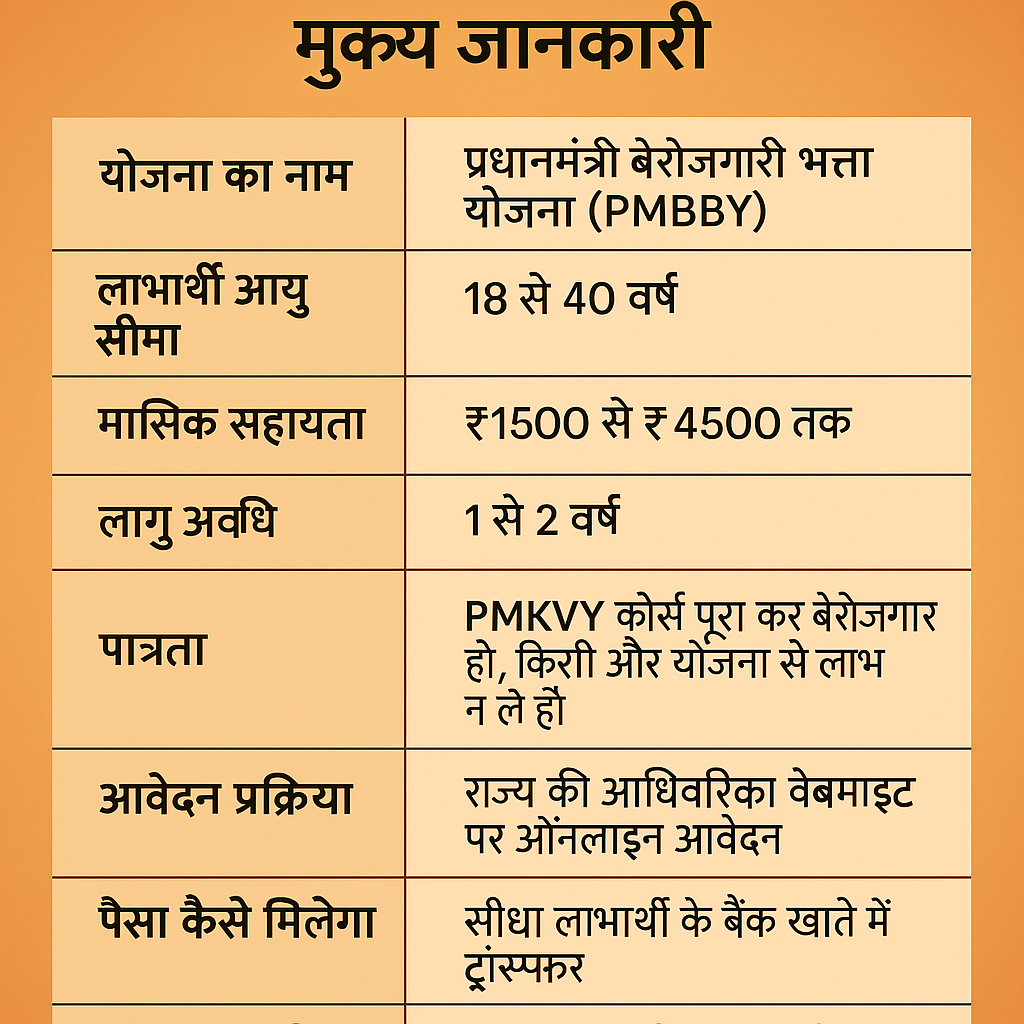
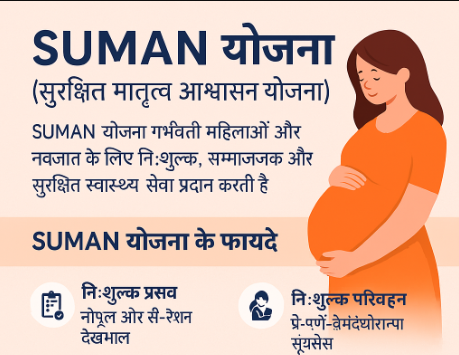
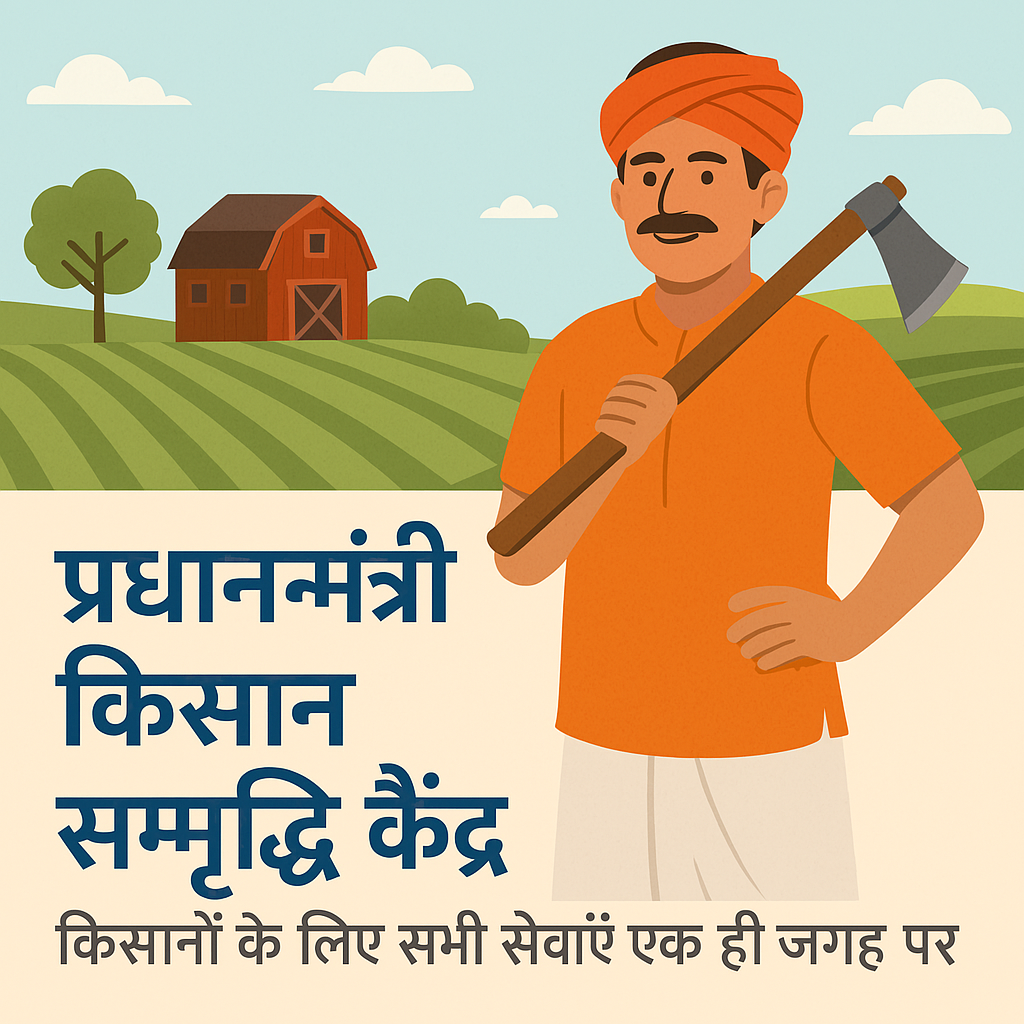

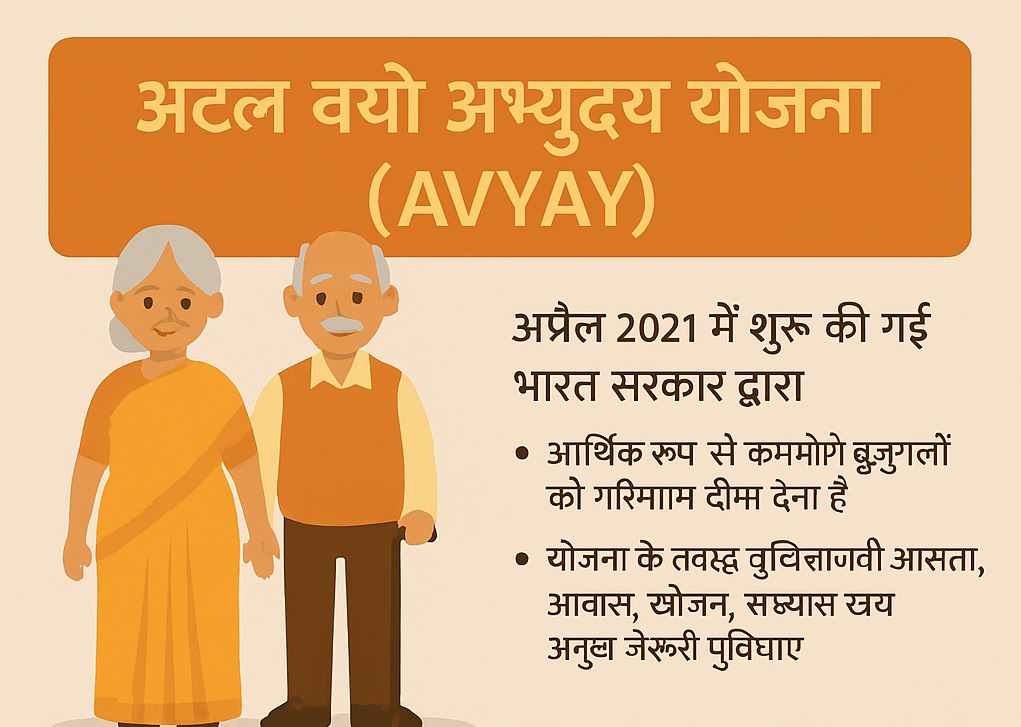


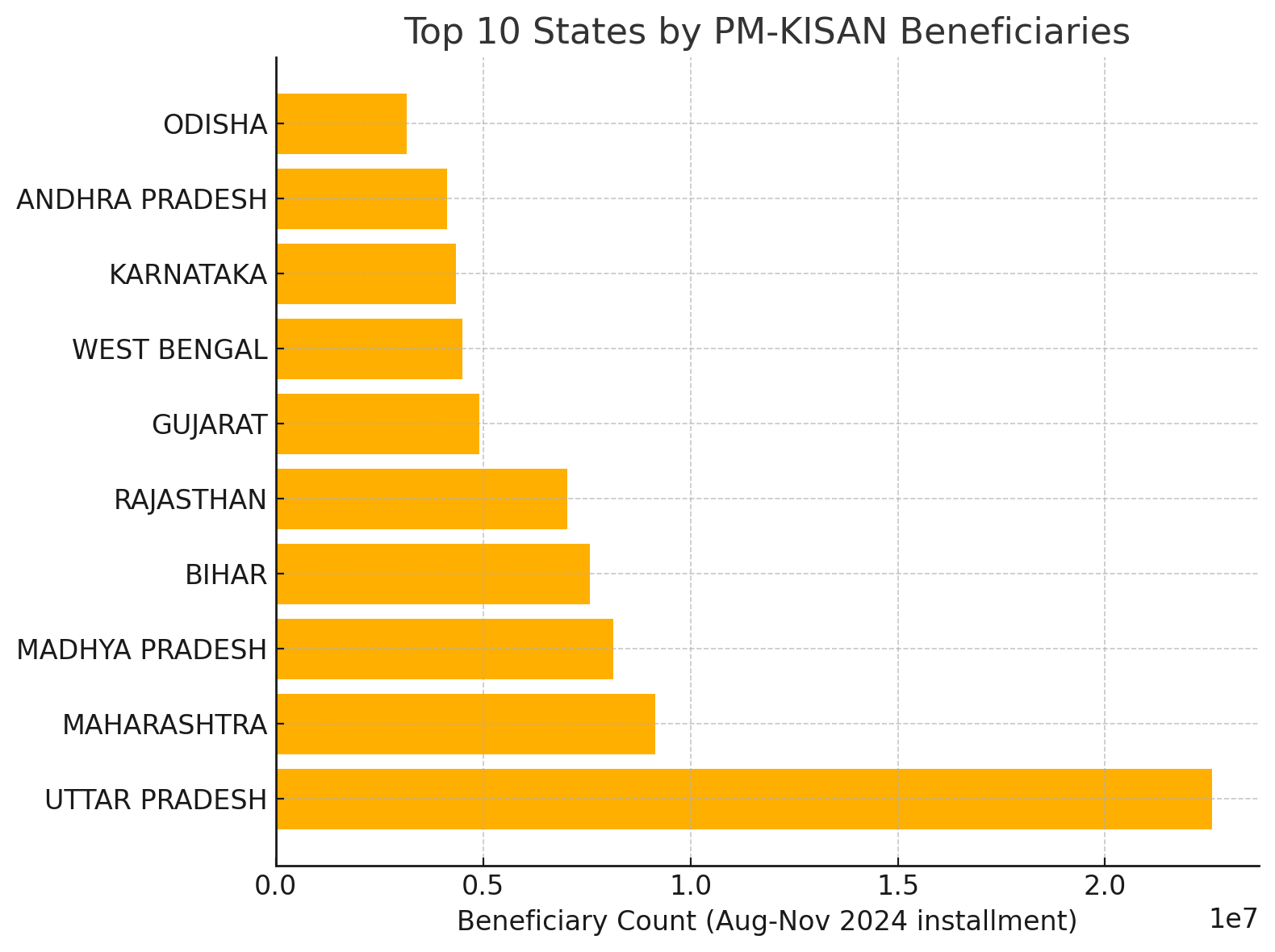
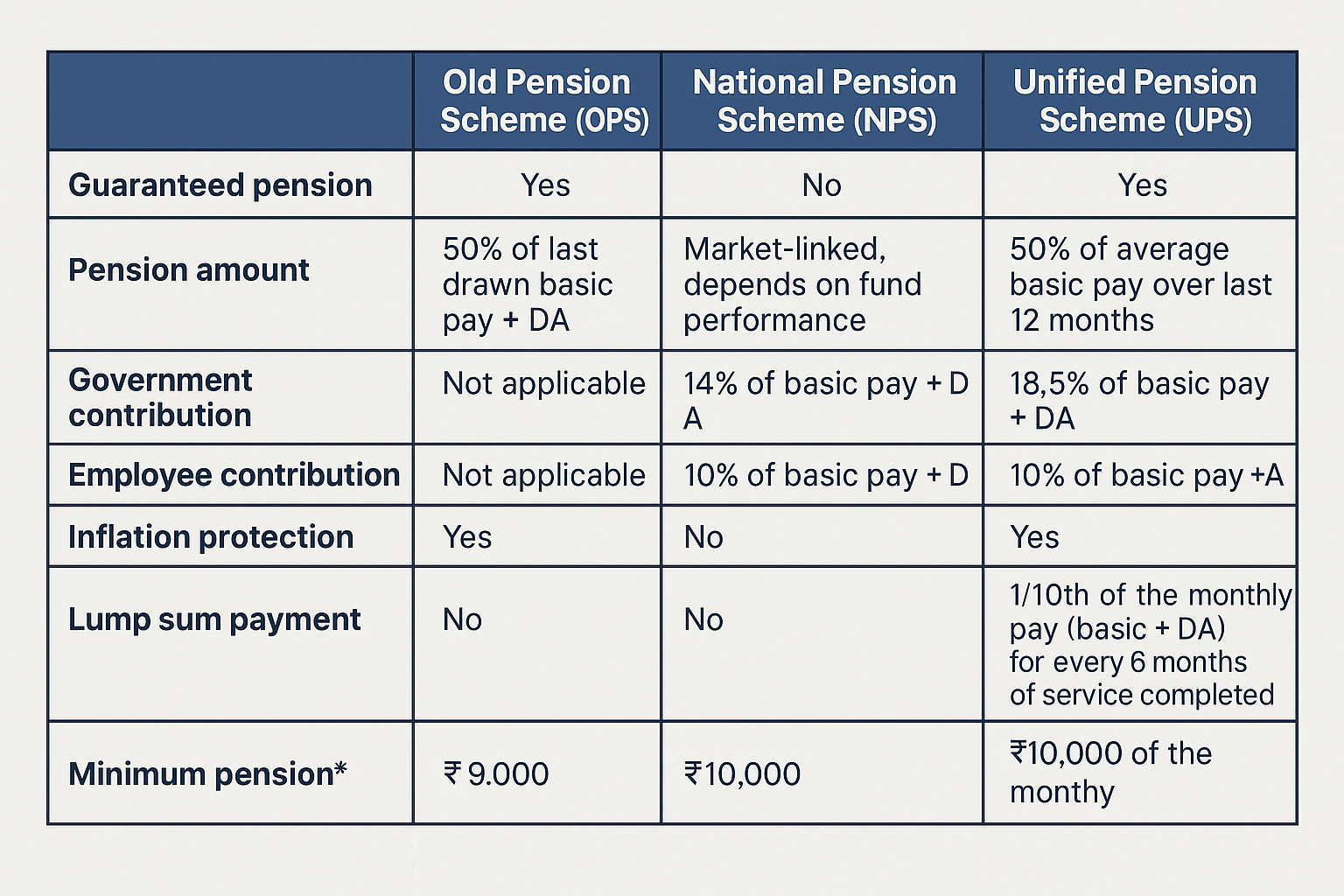











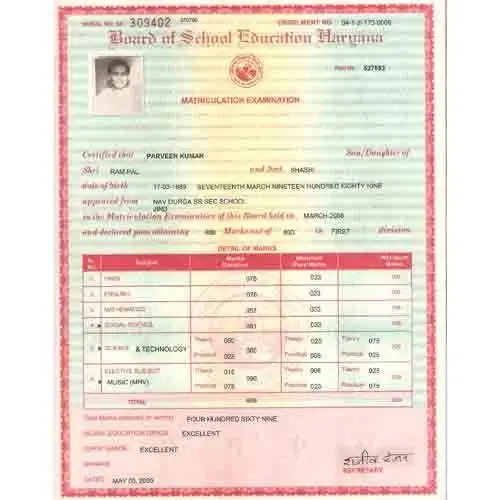
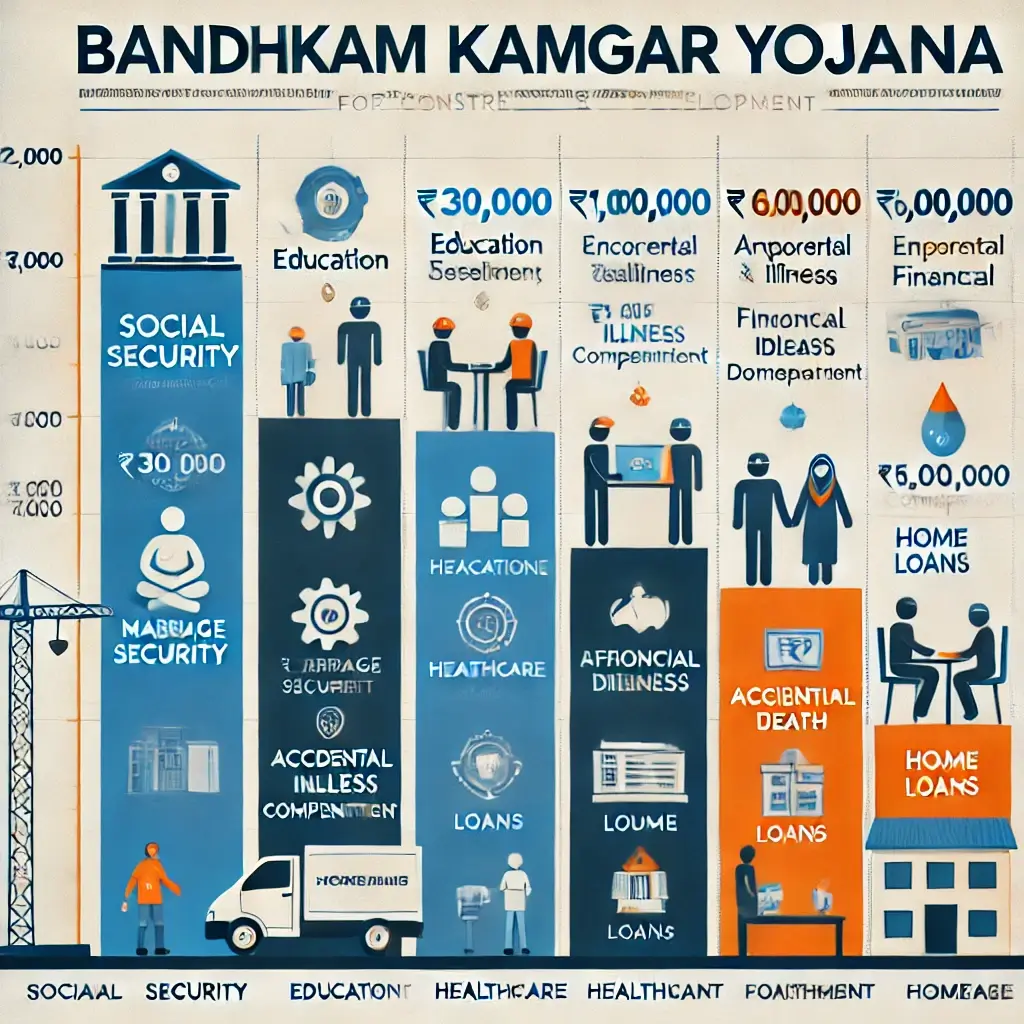
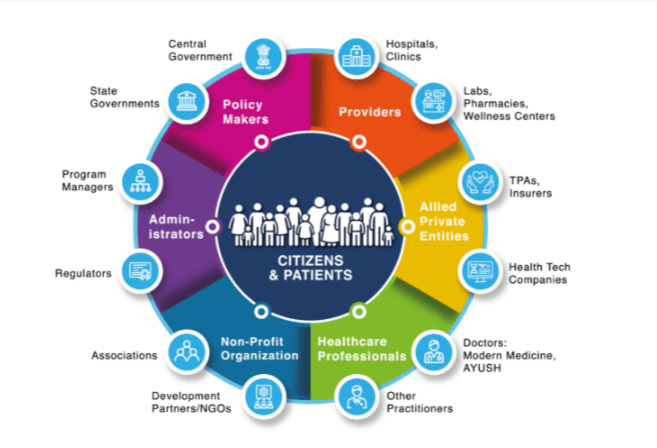
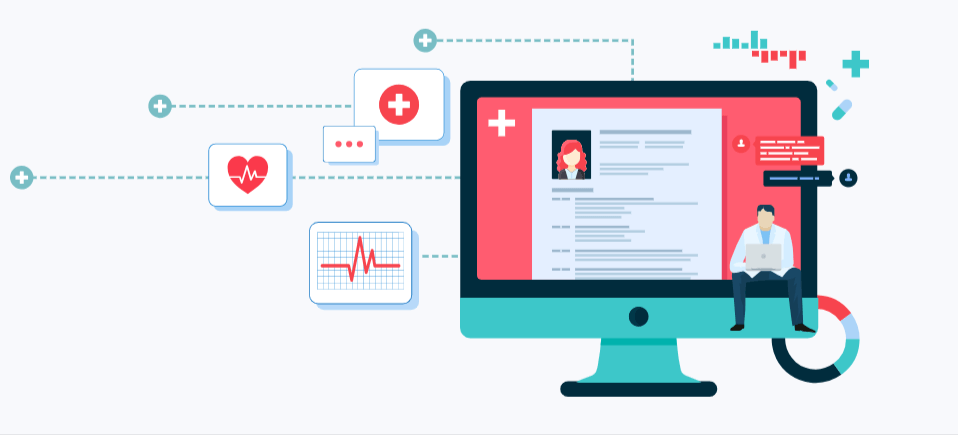

1rdpkn
lh4swh